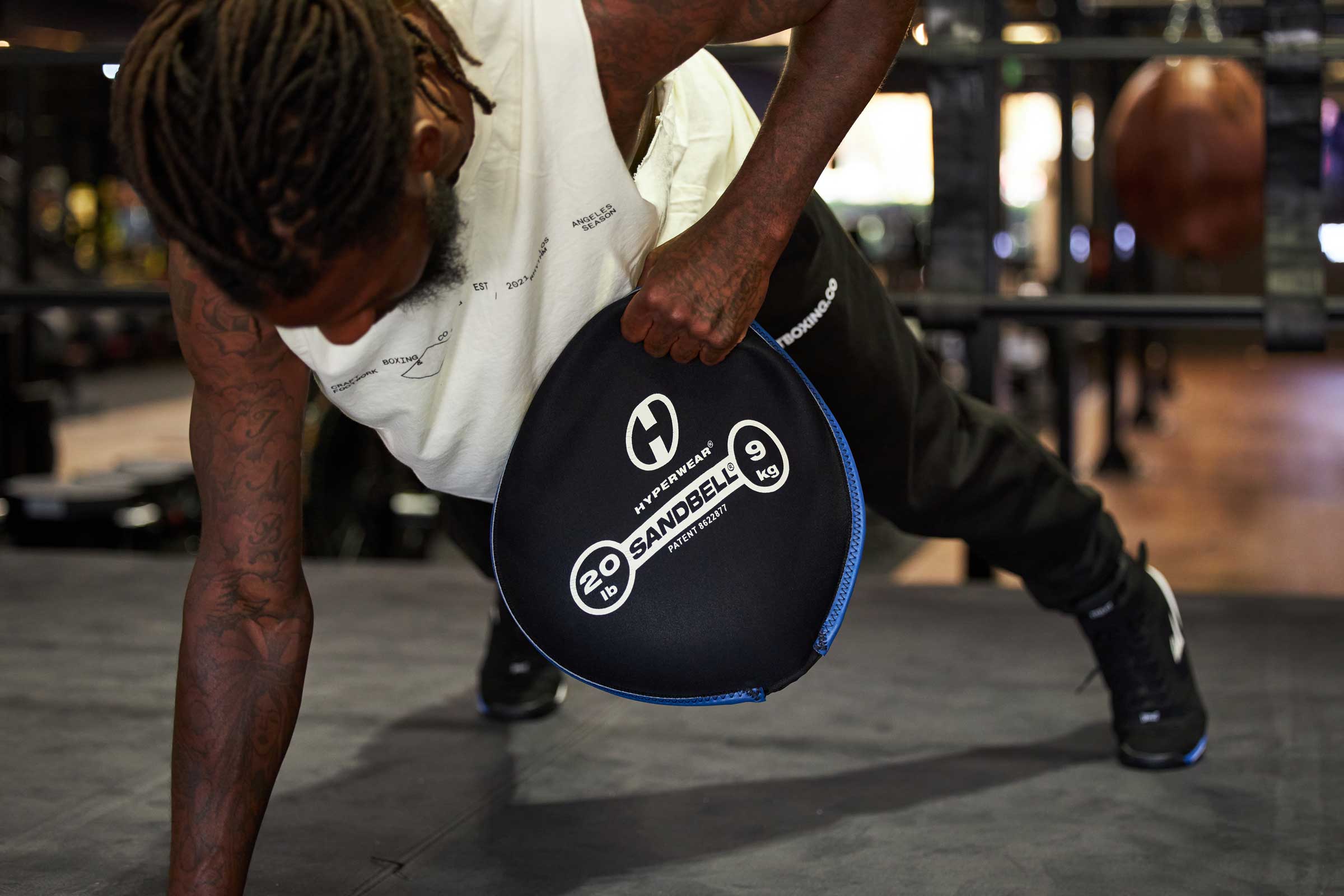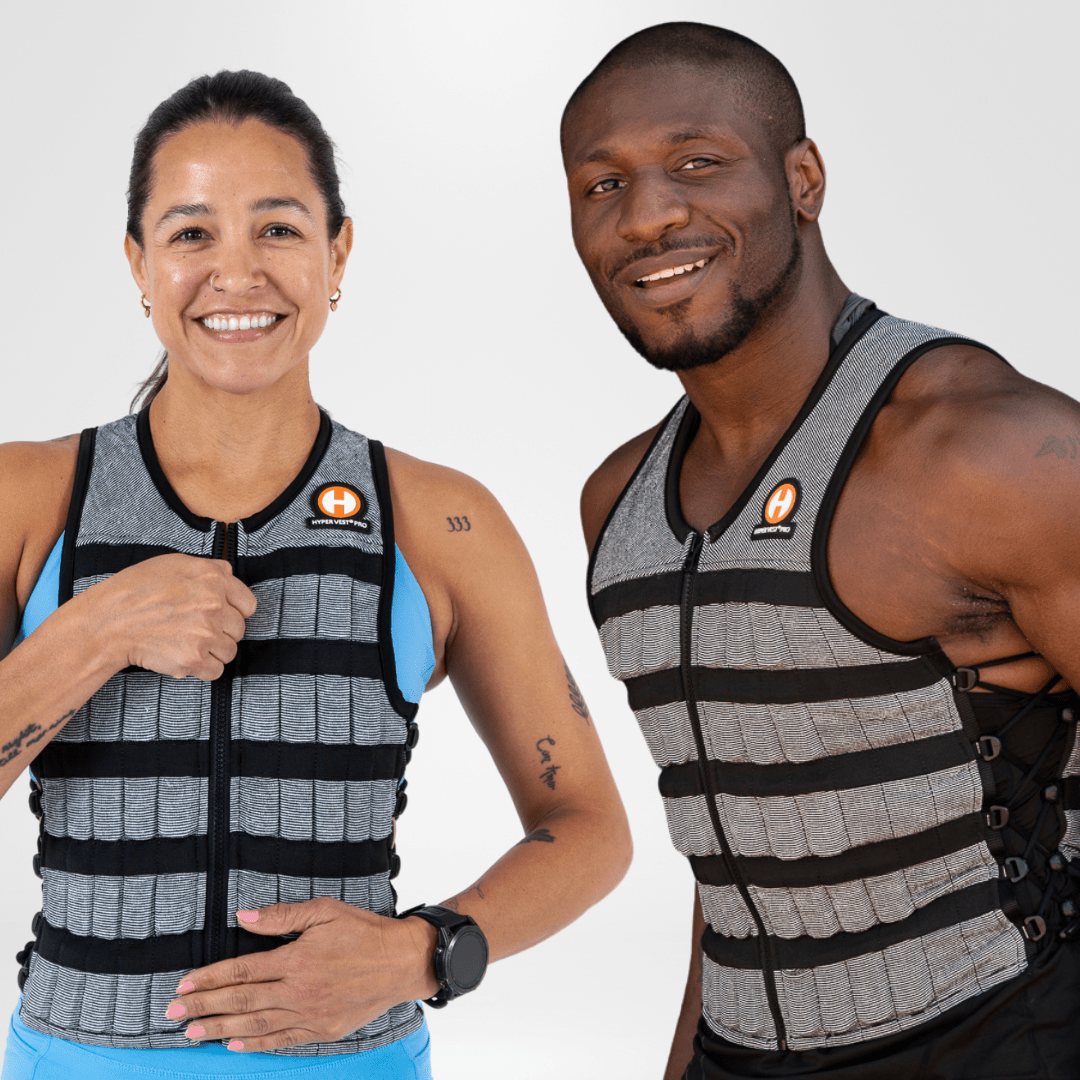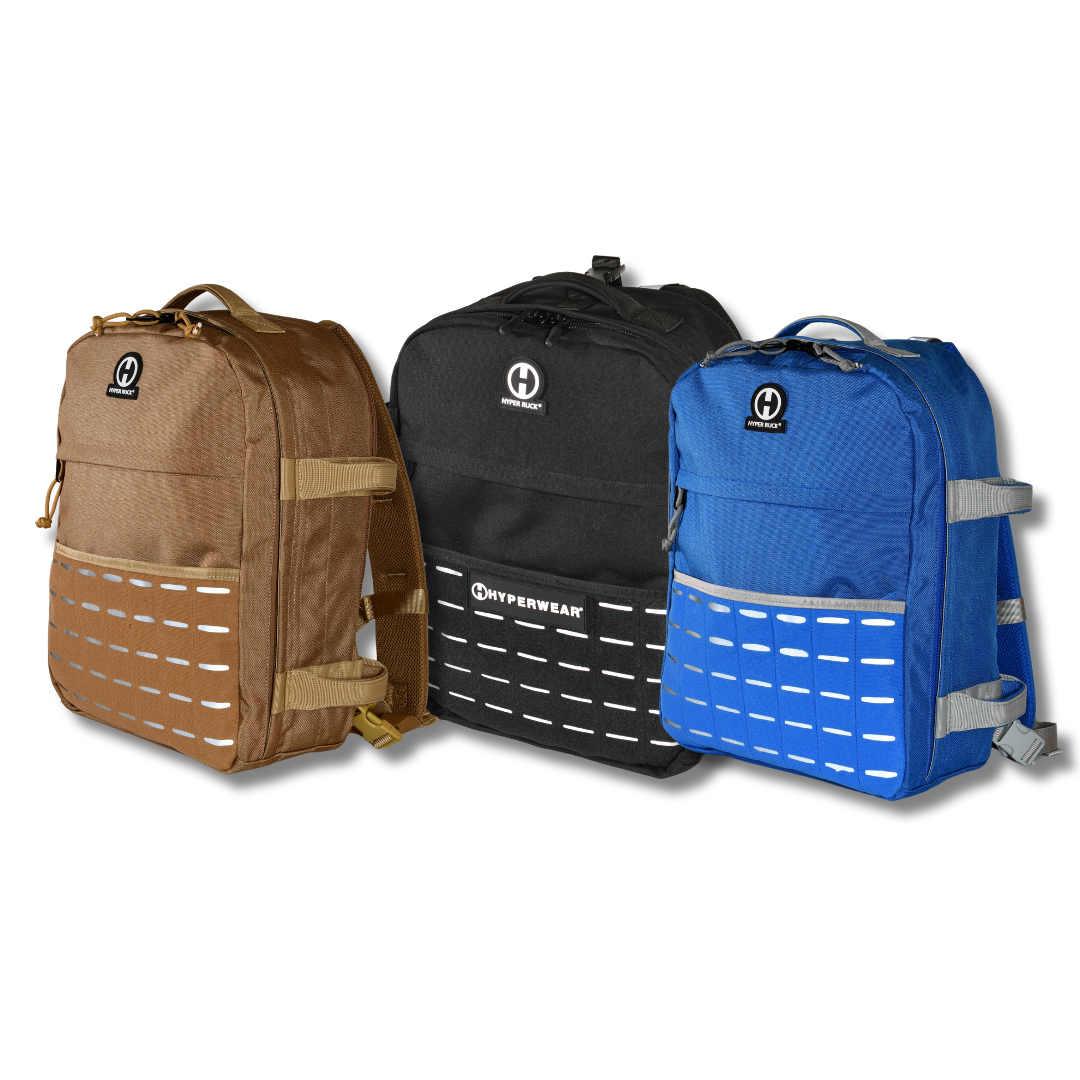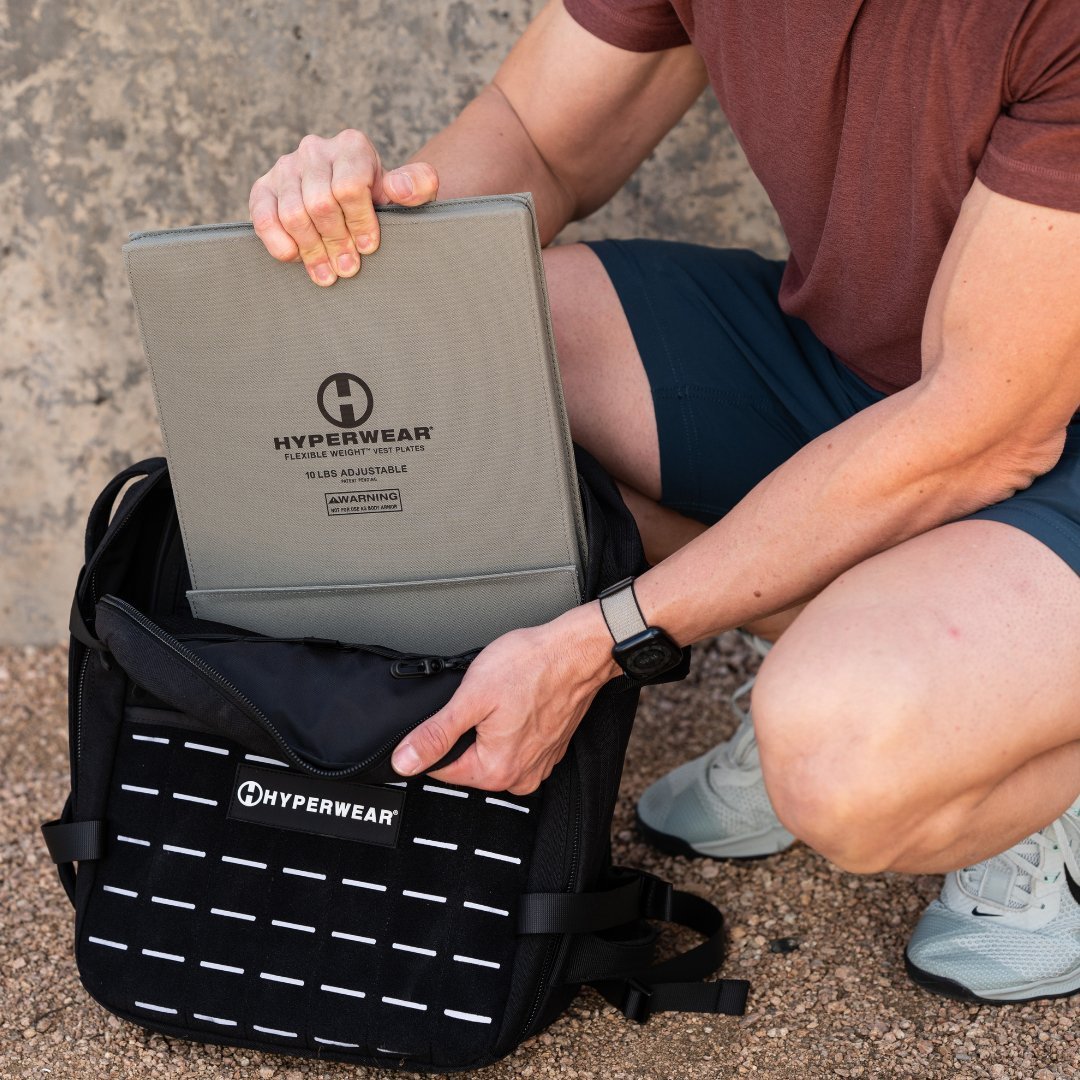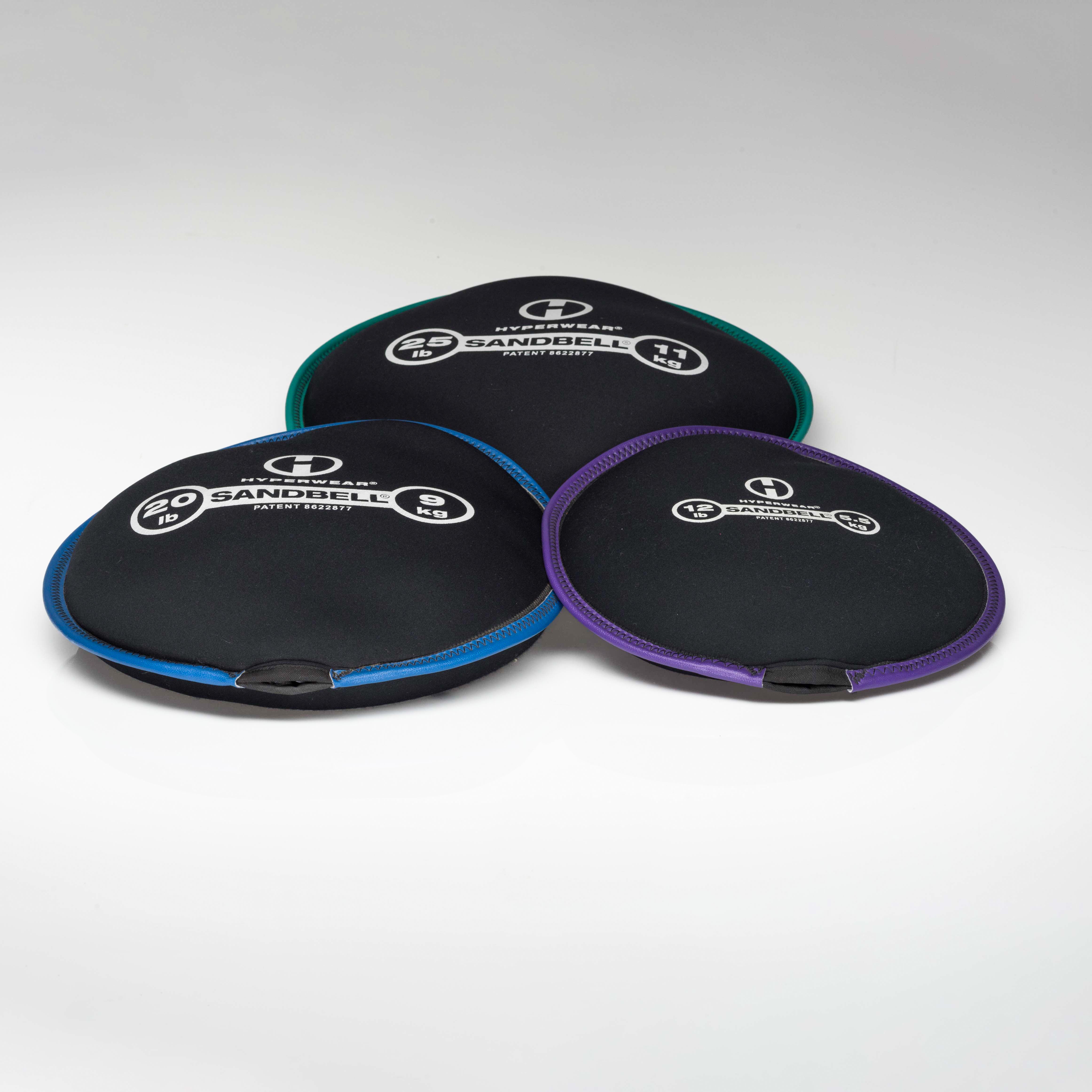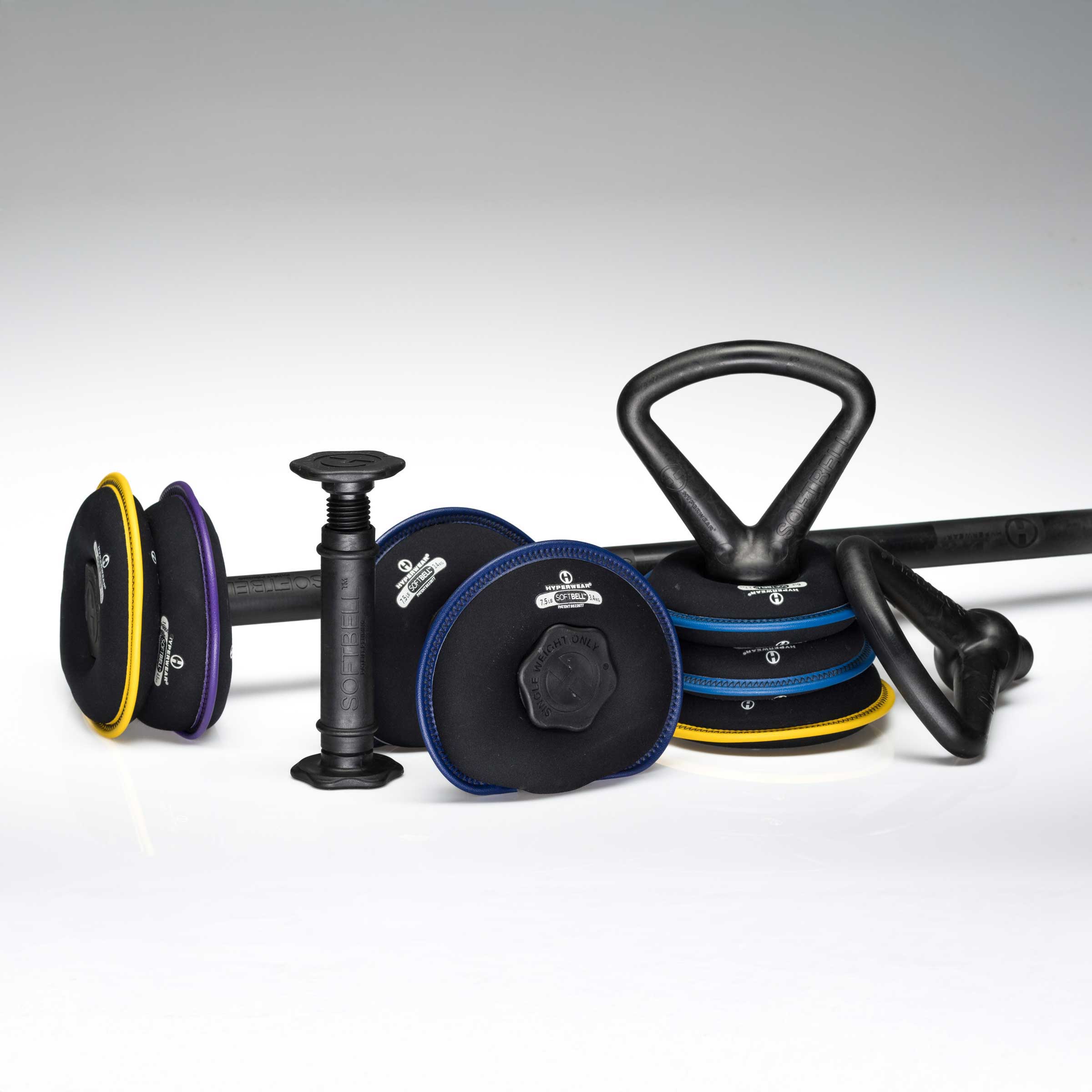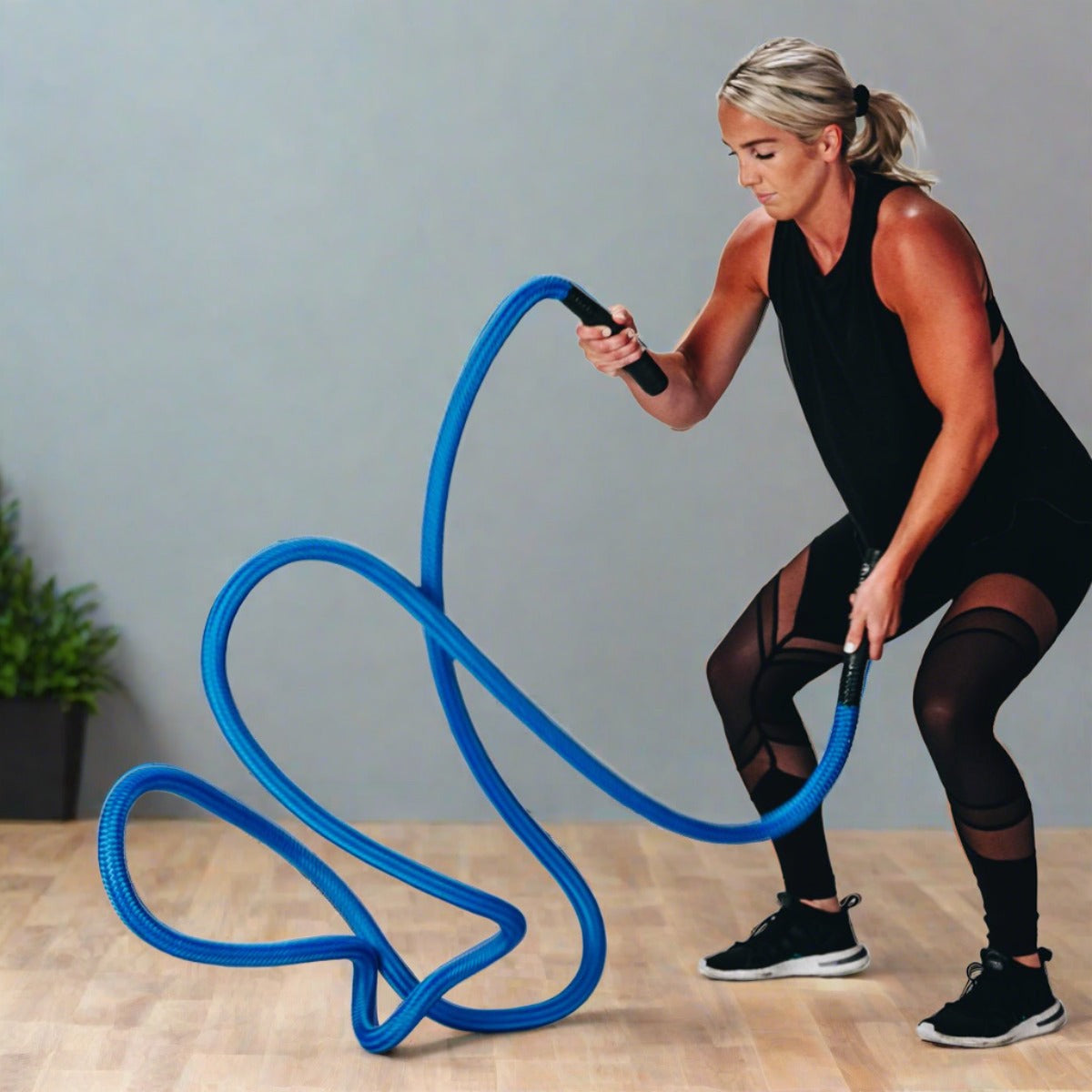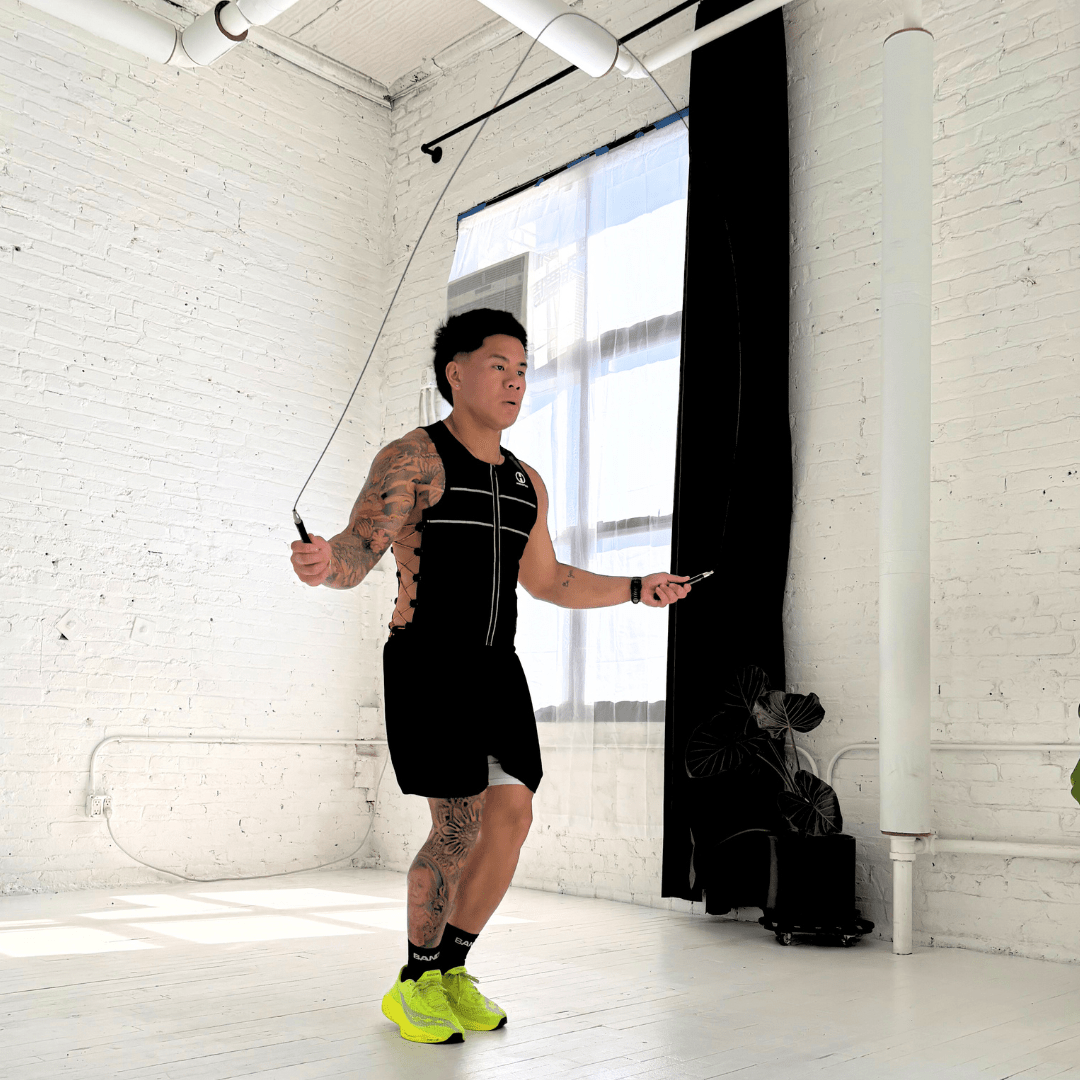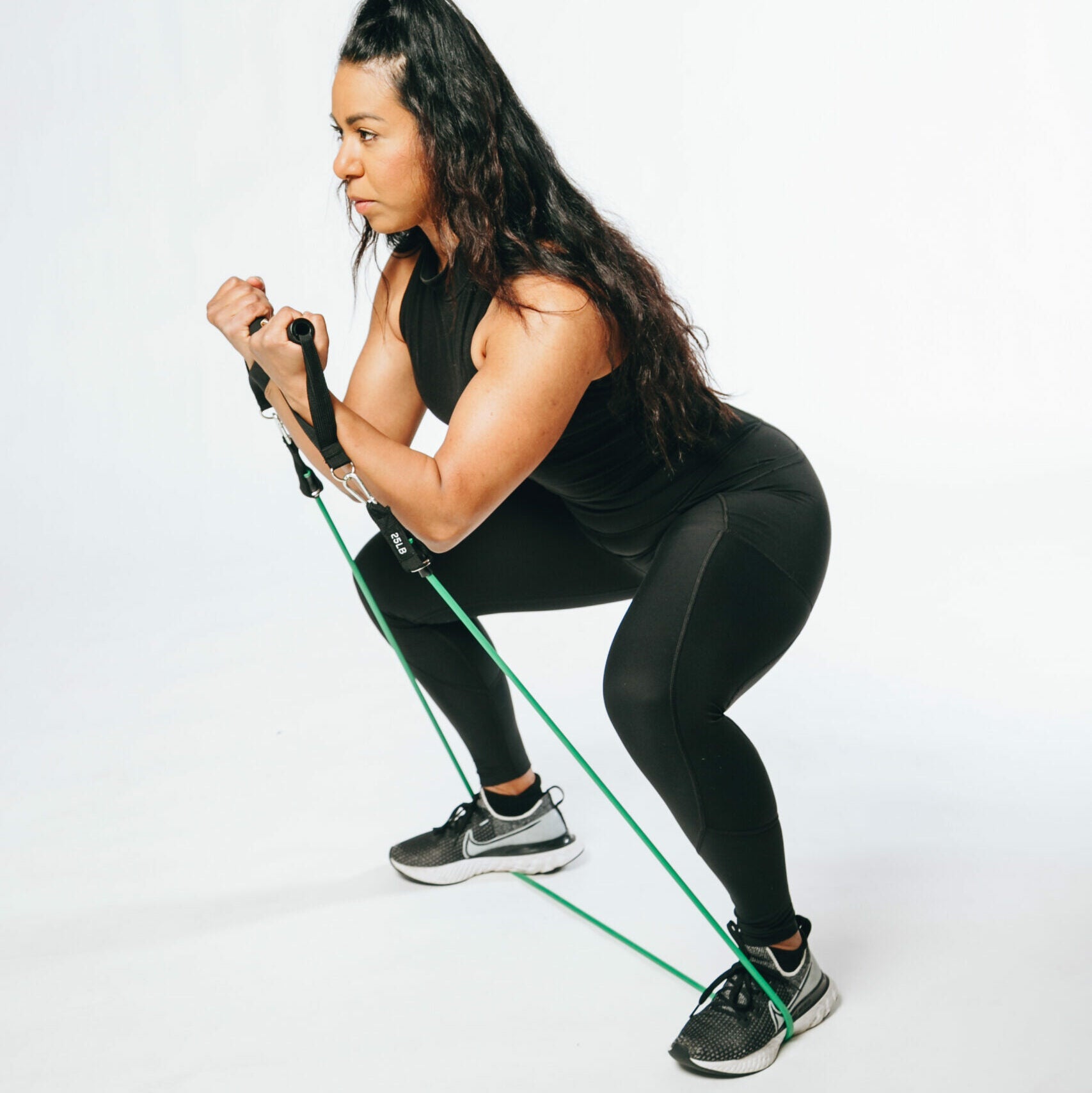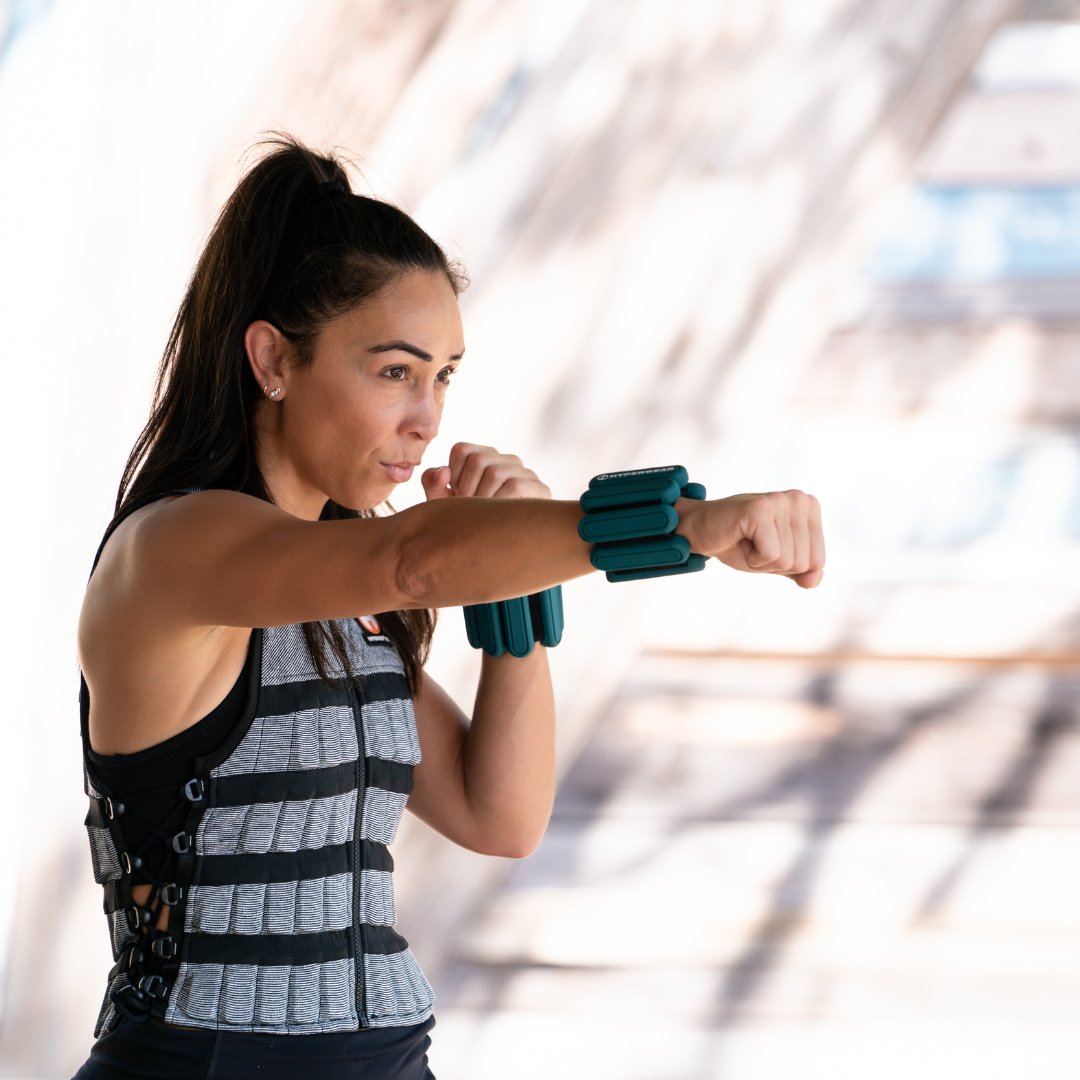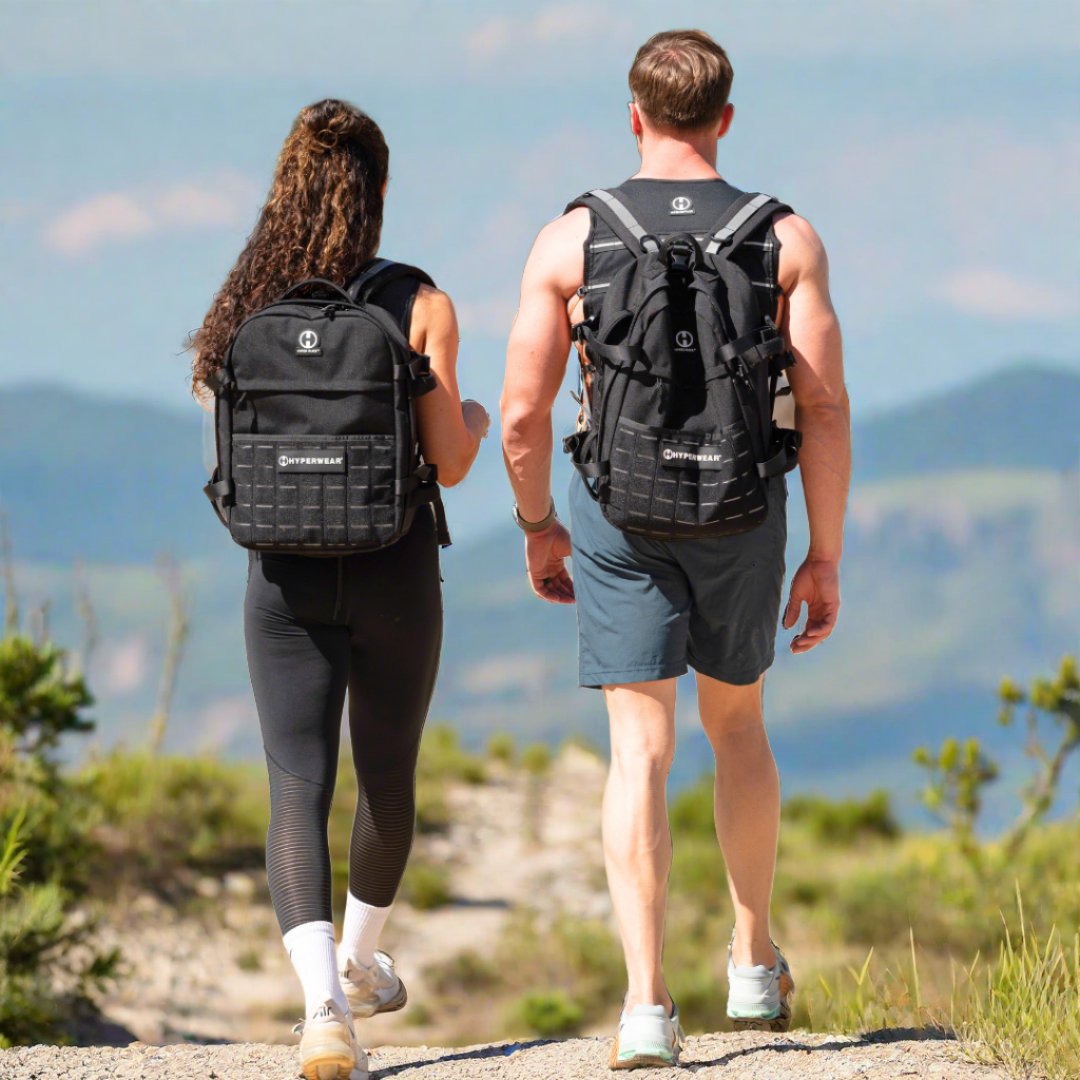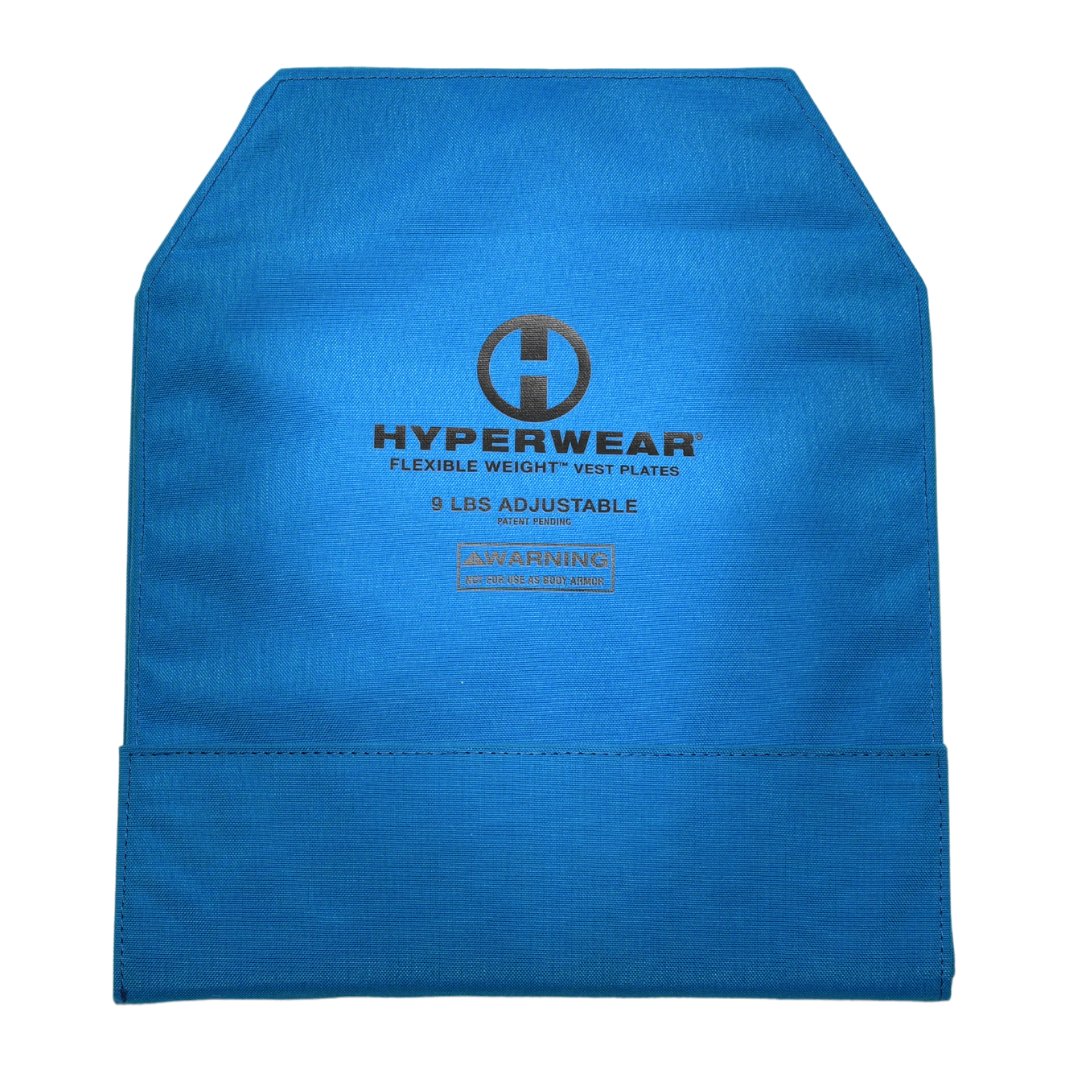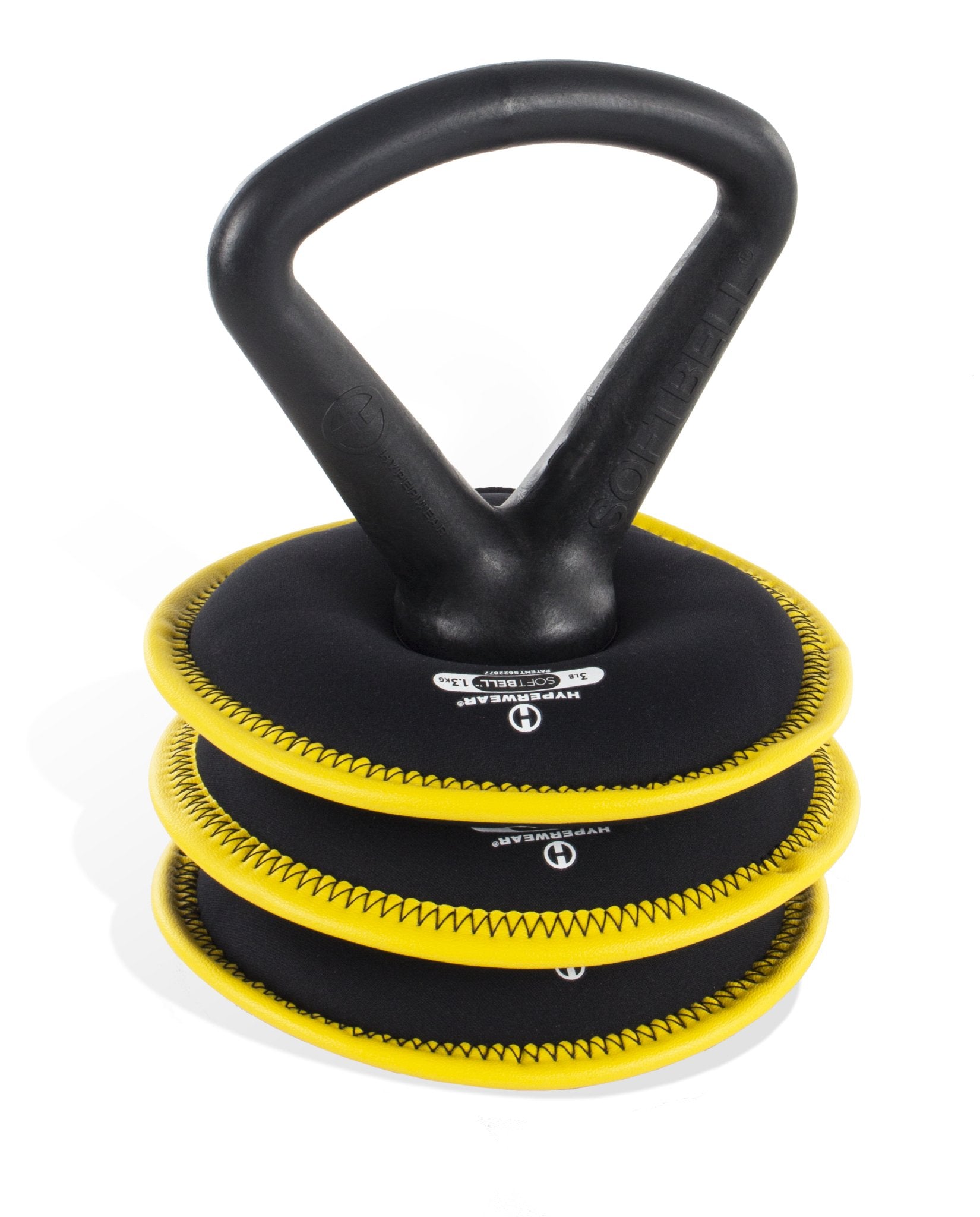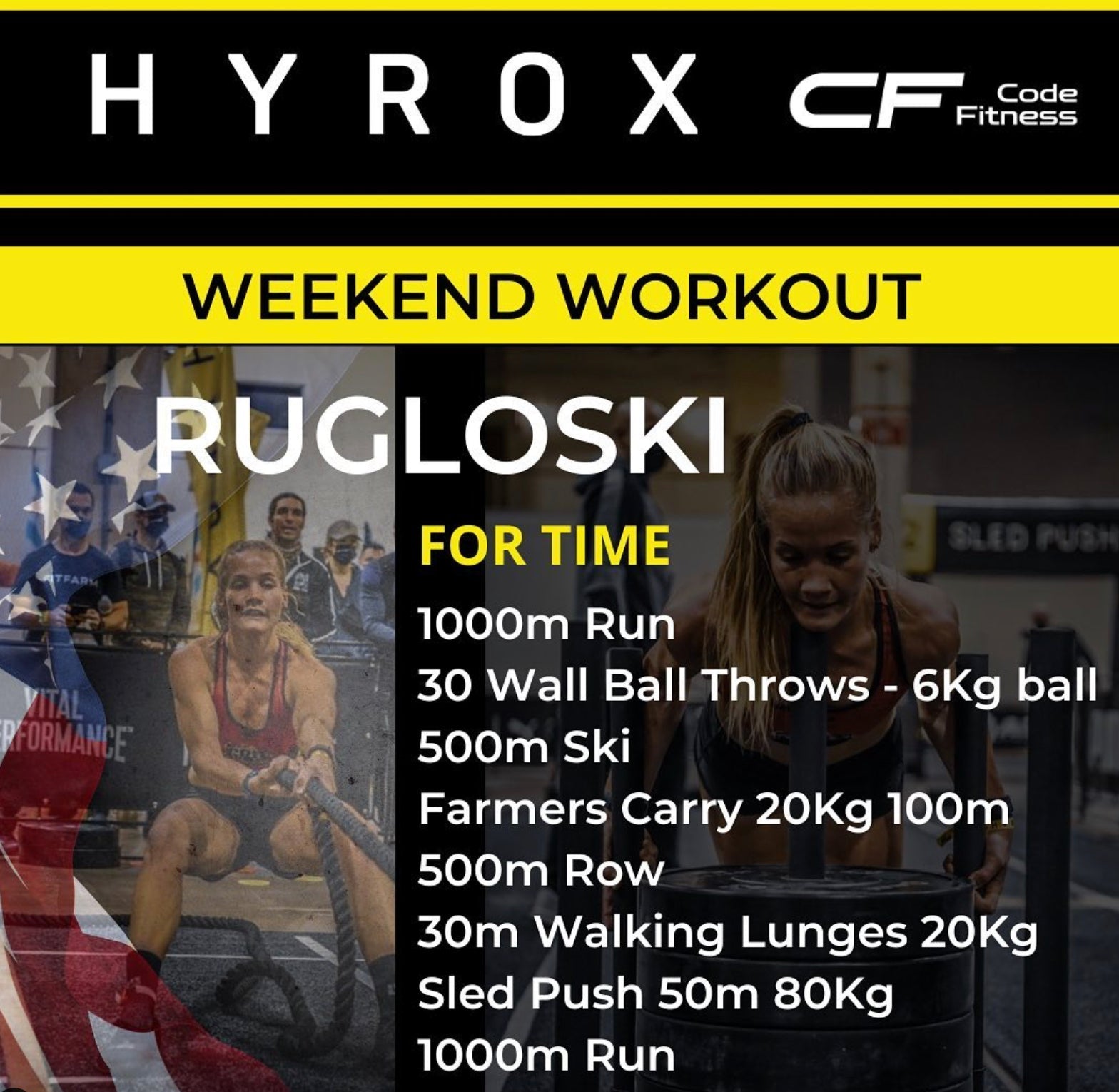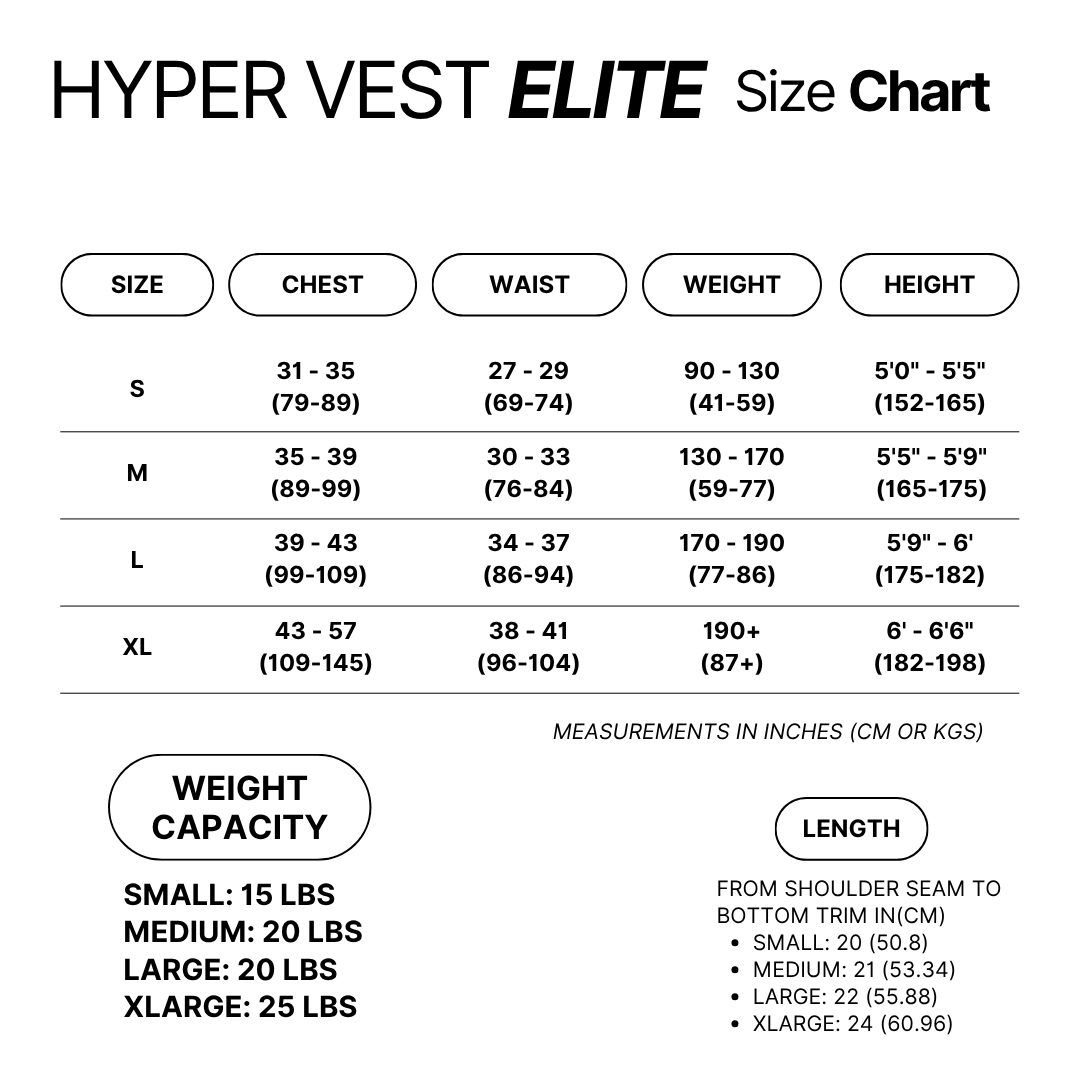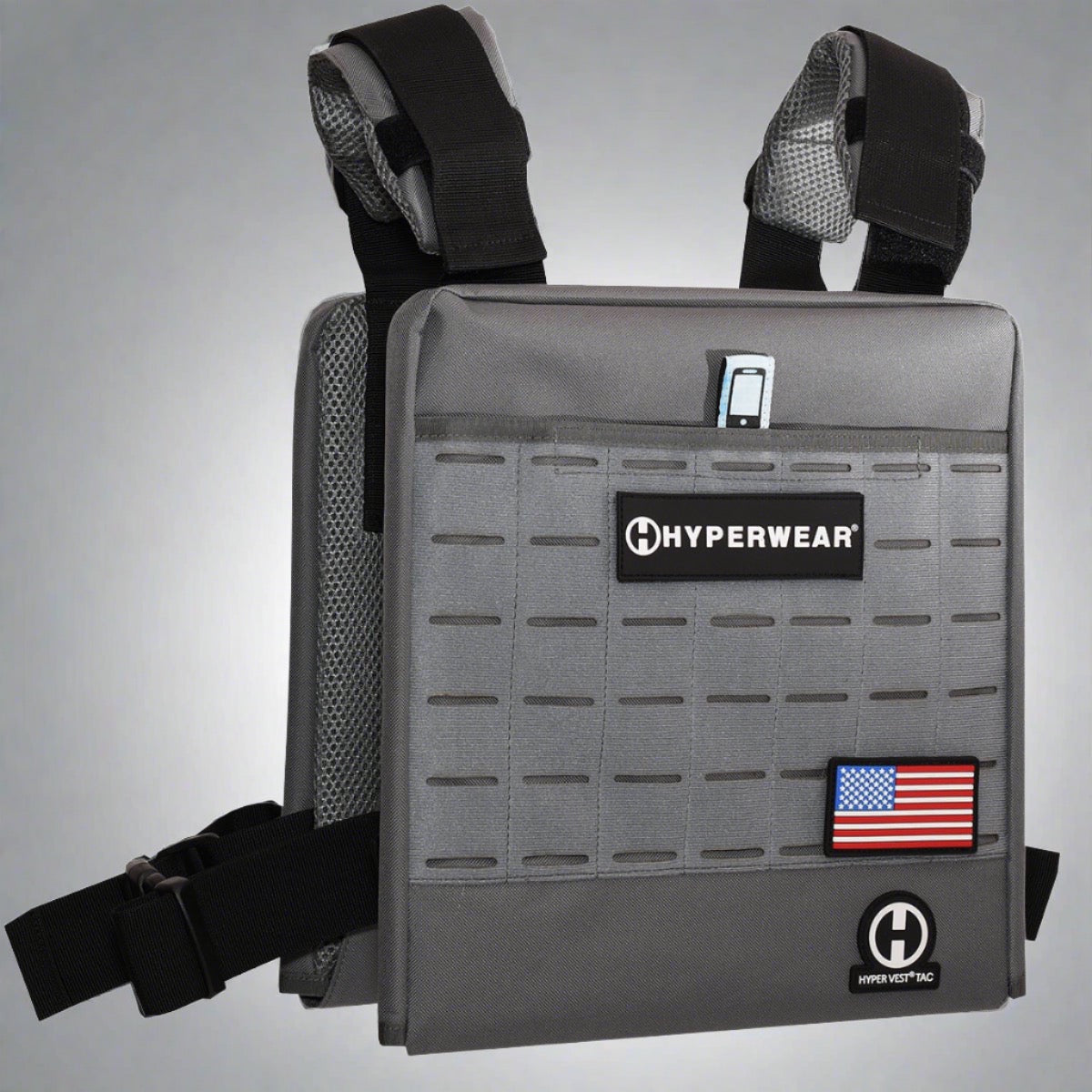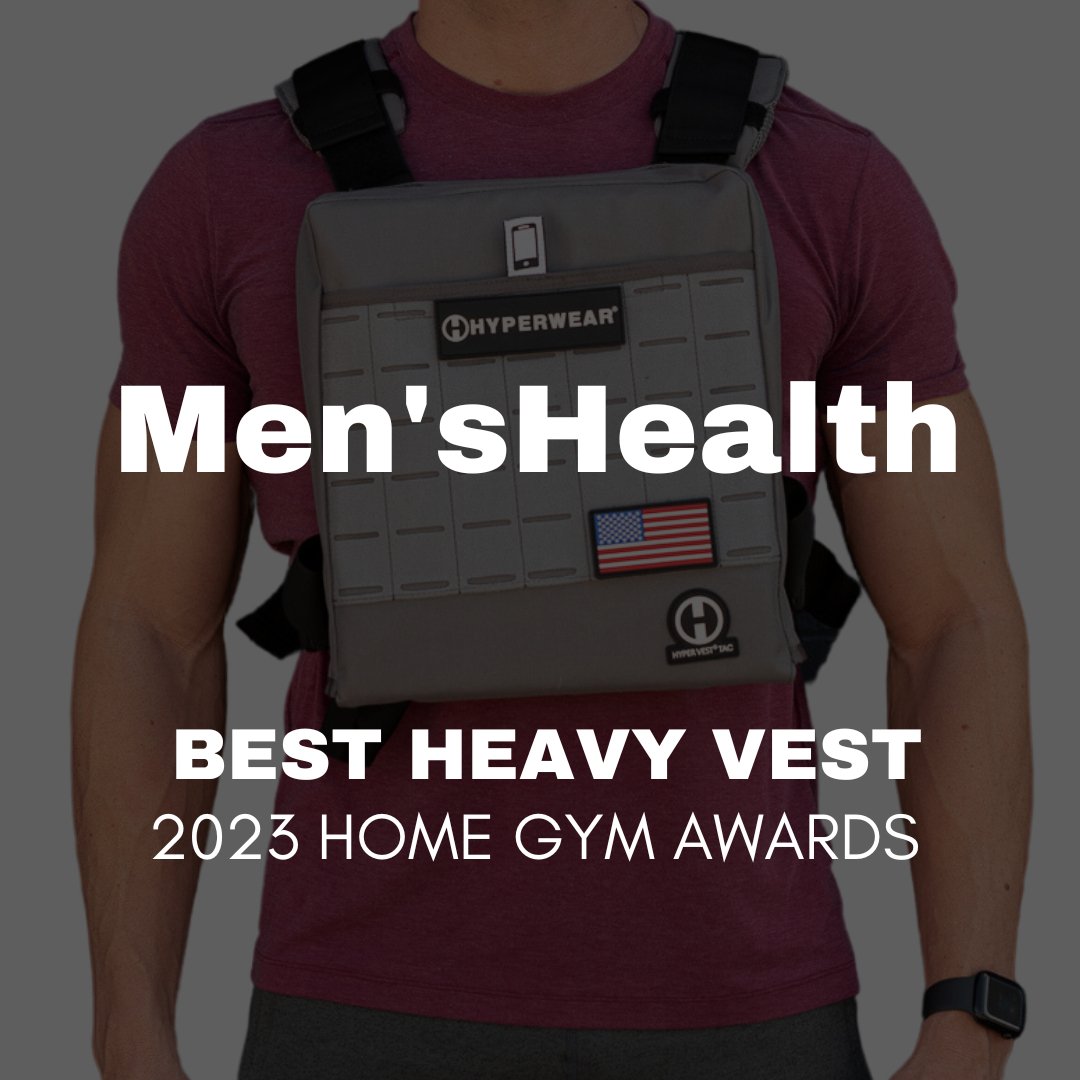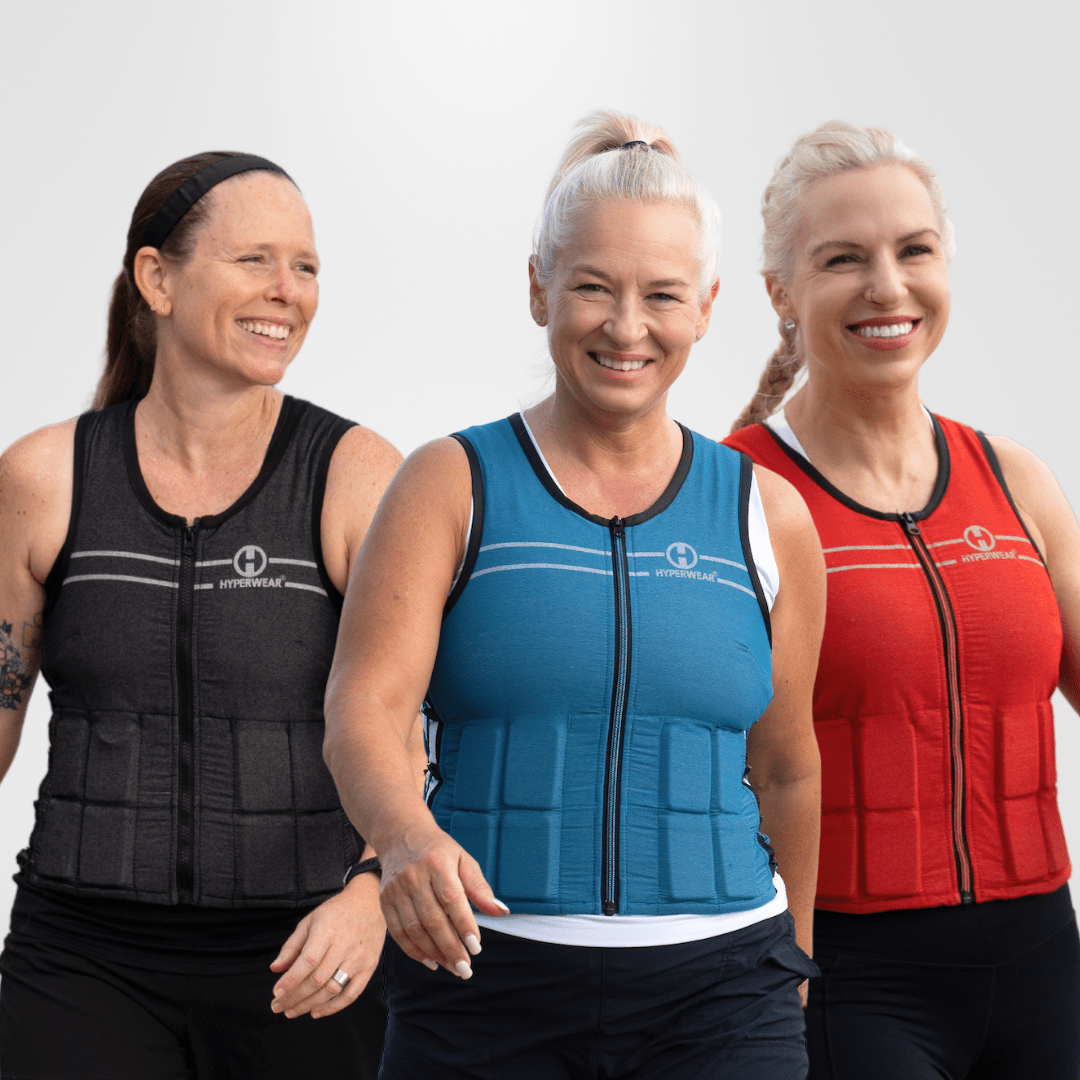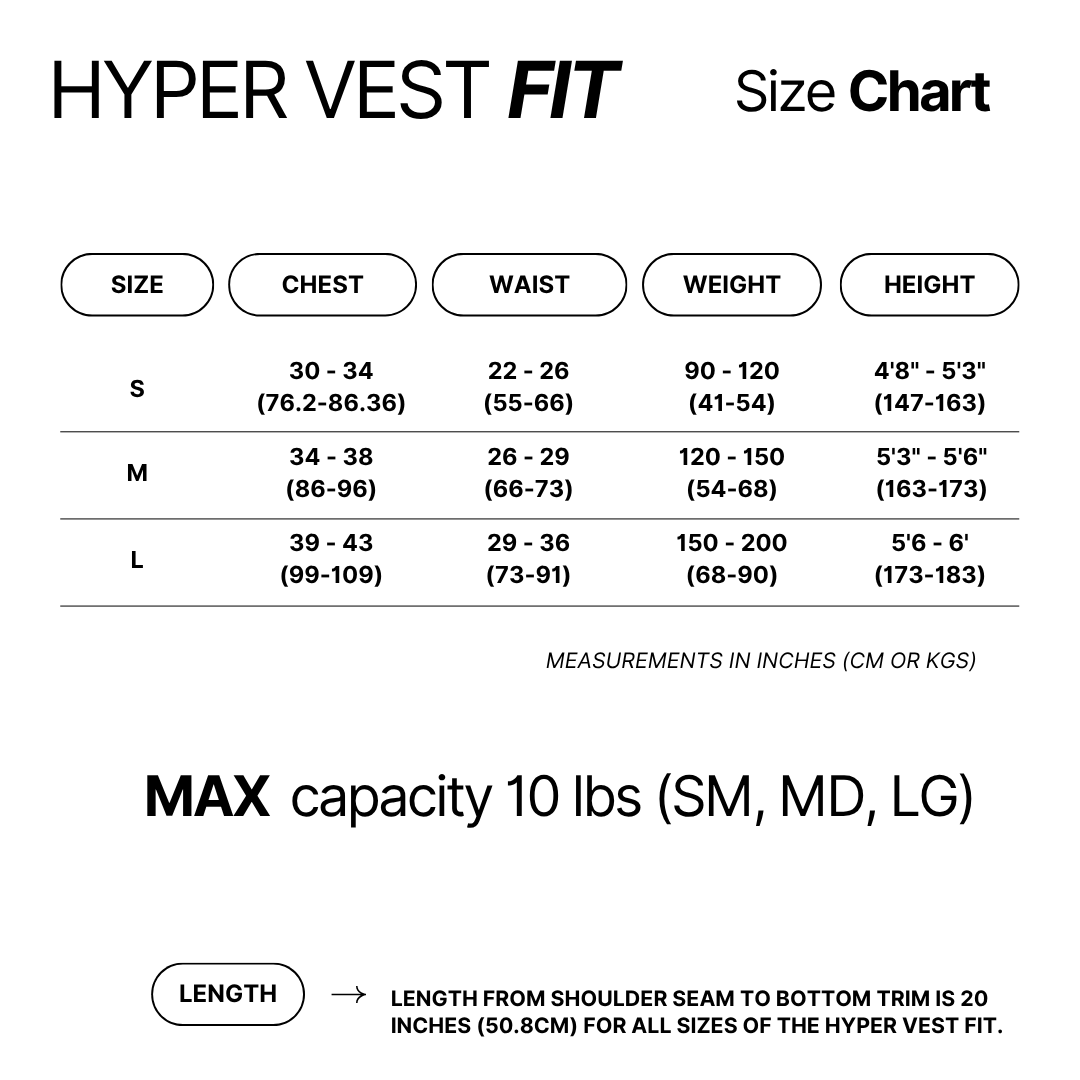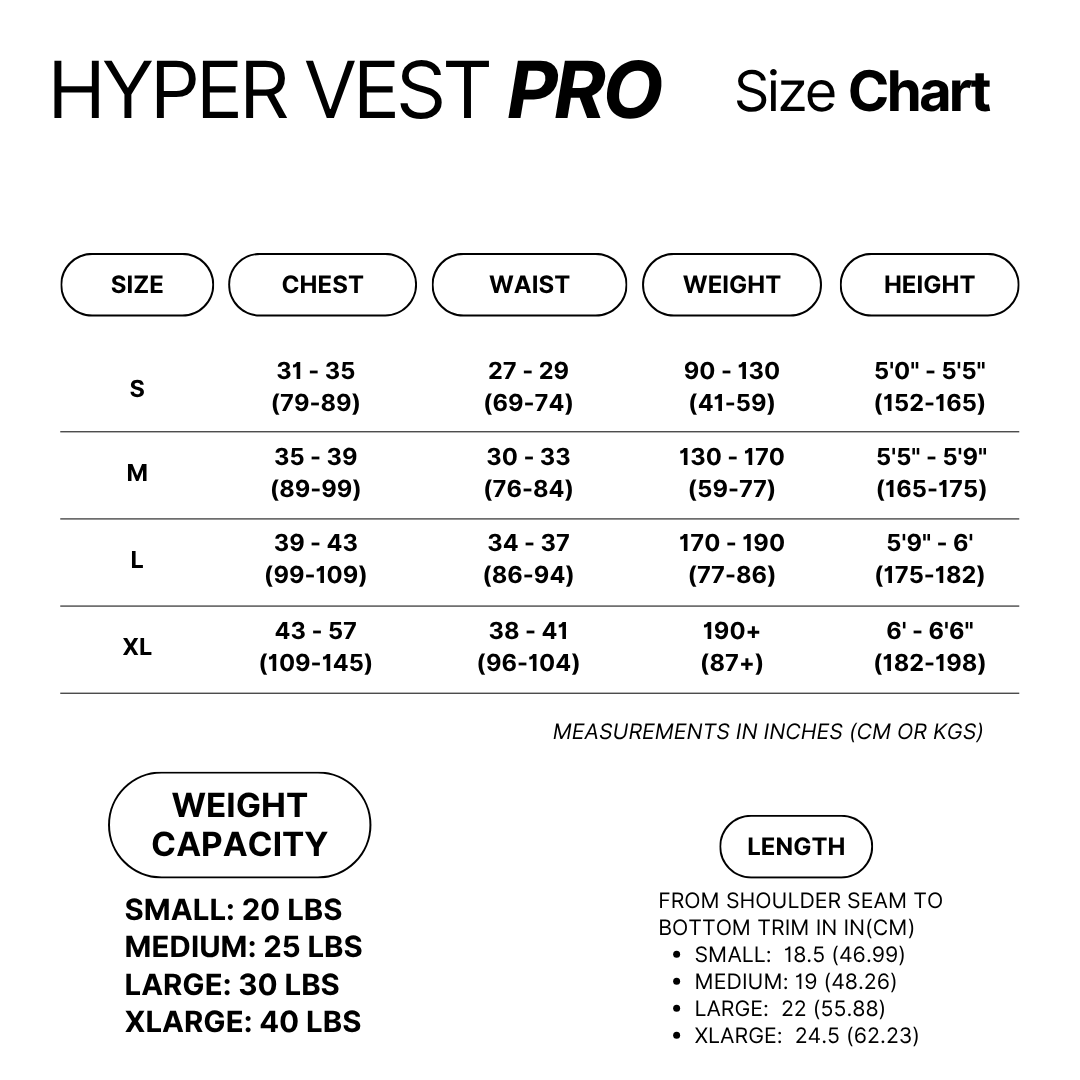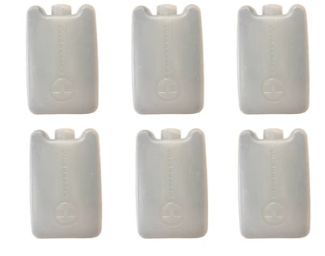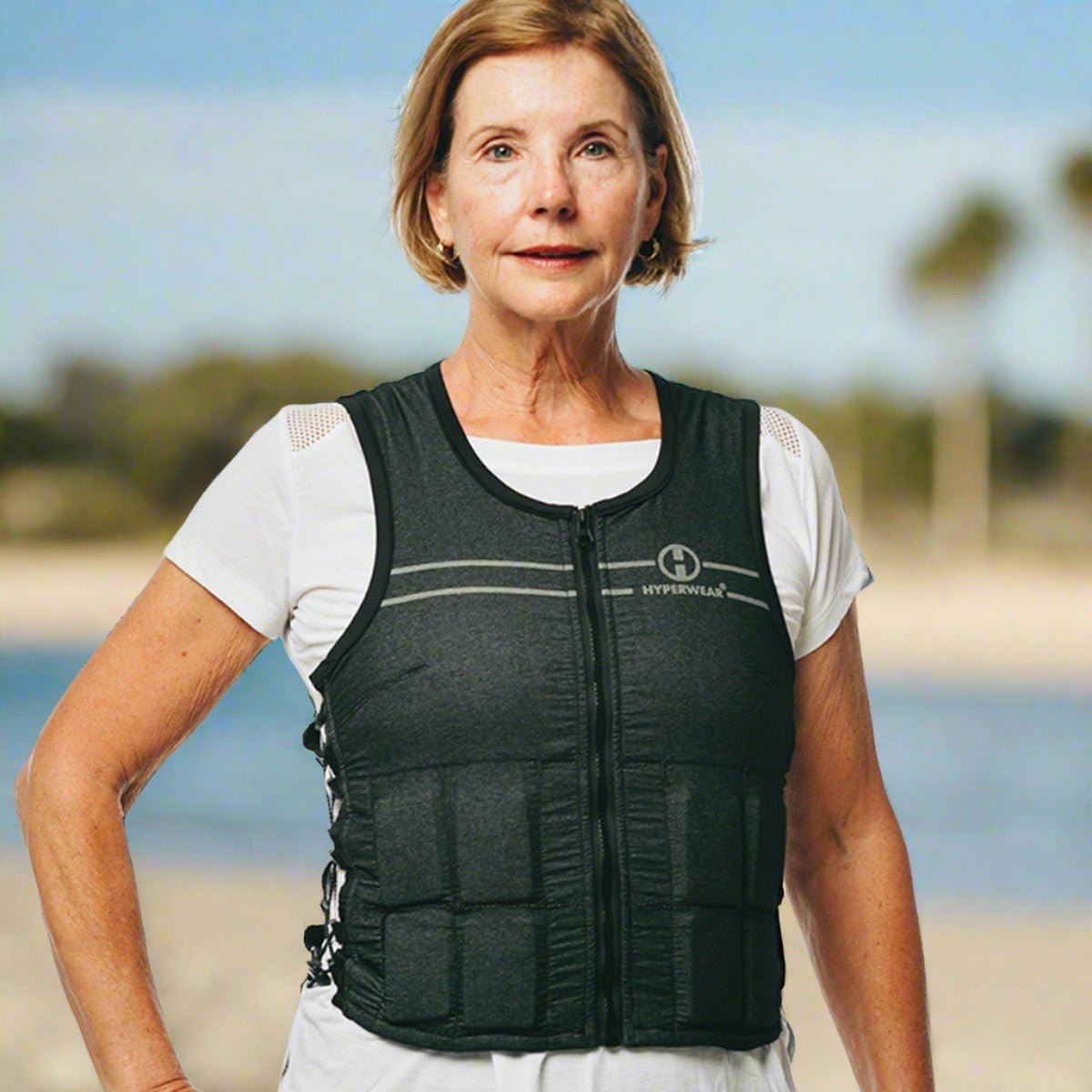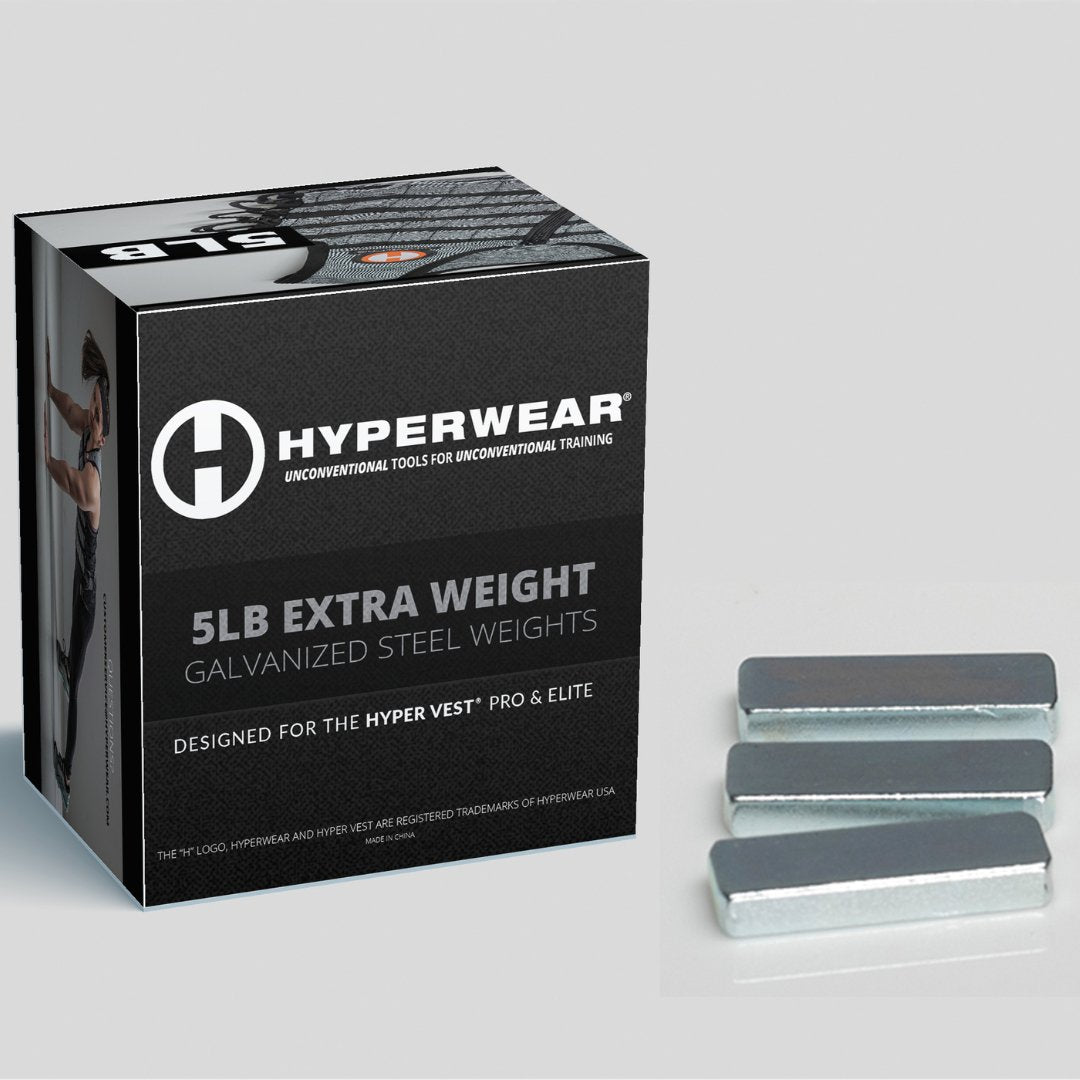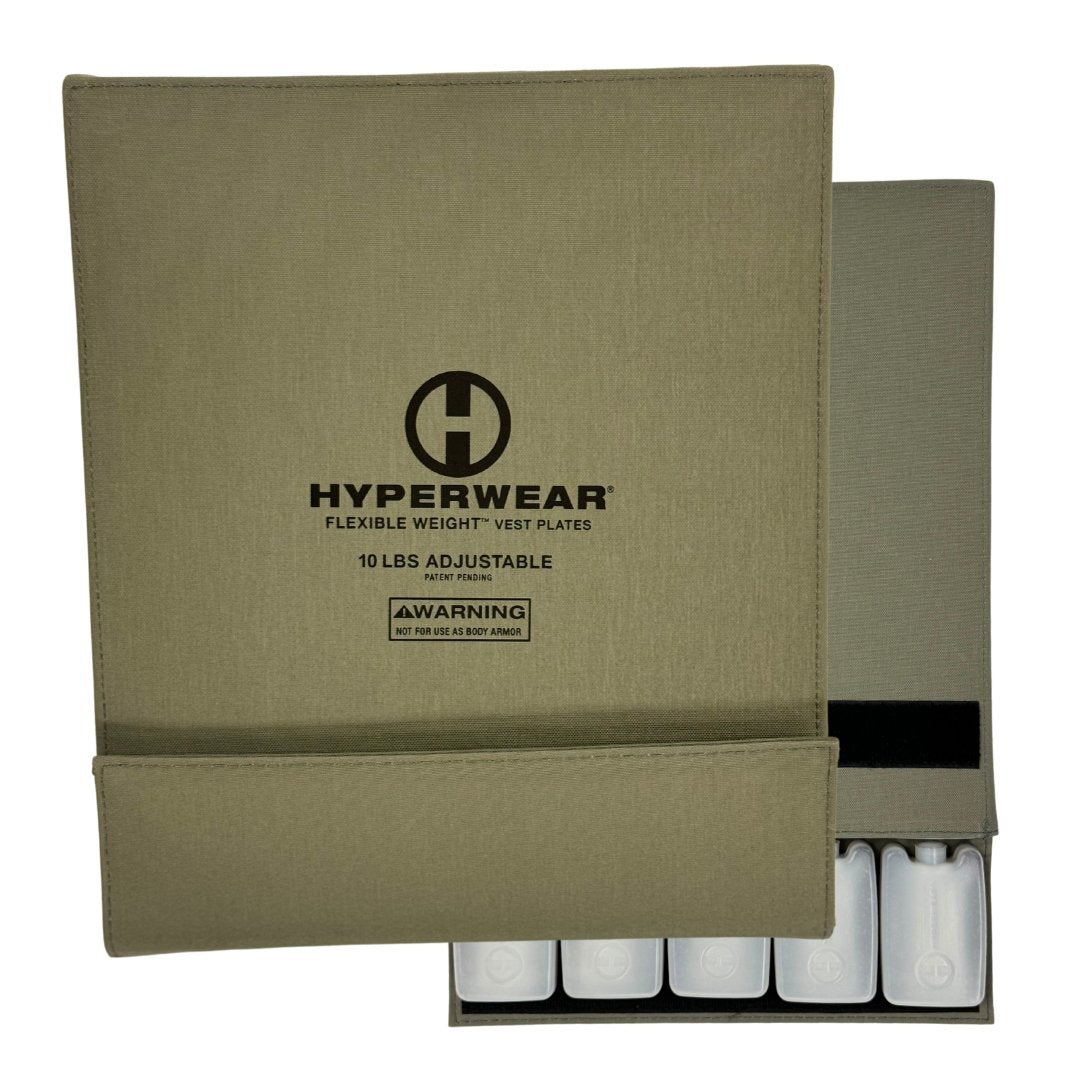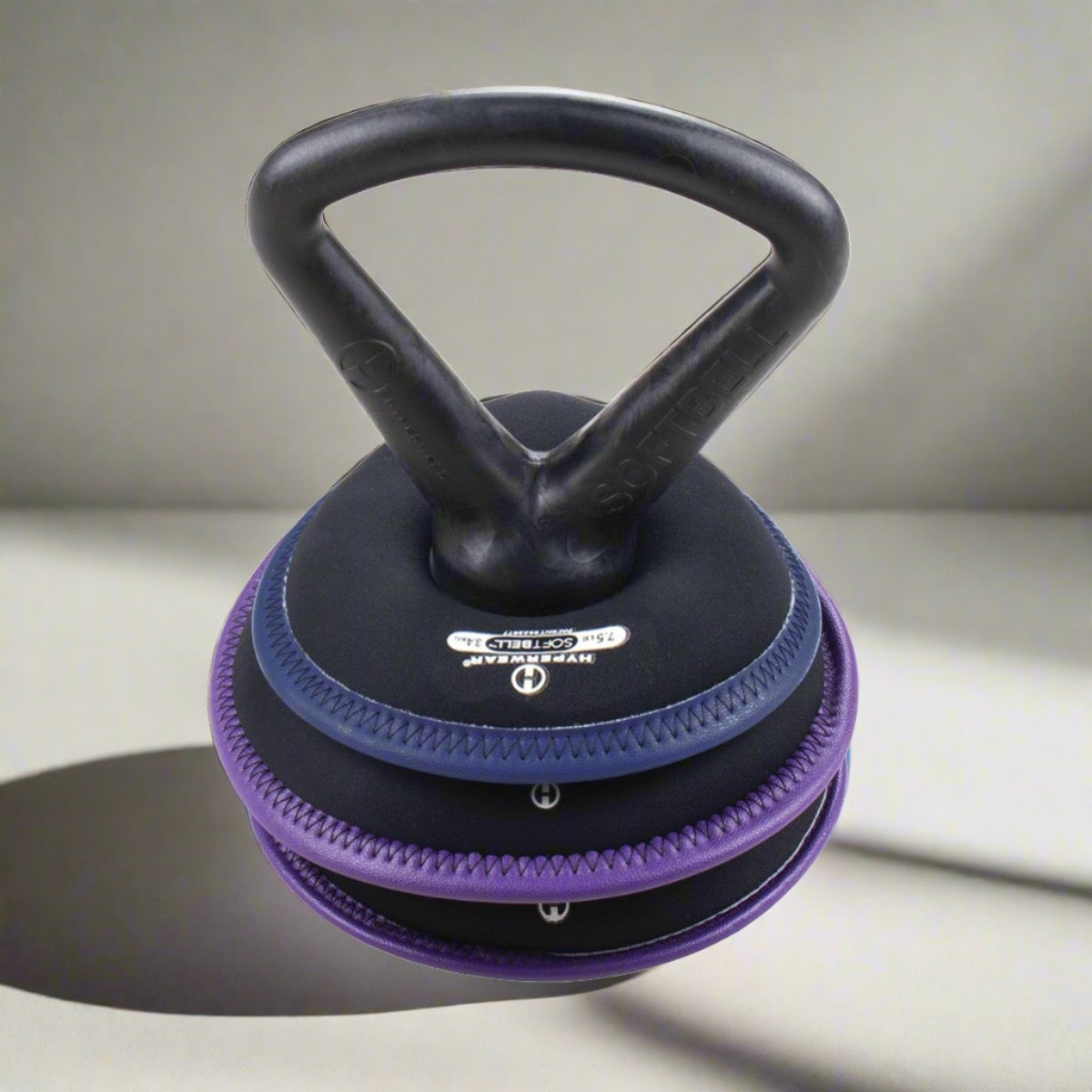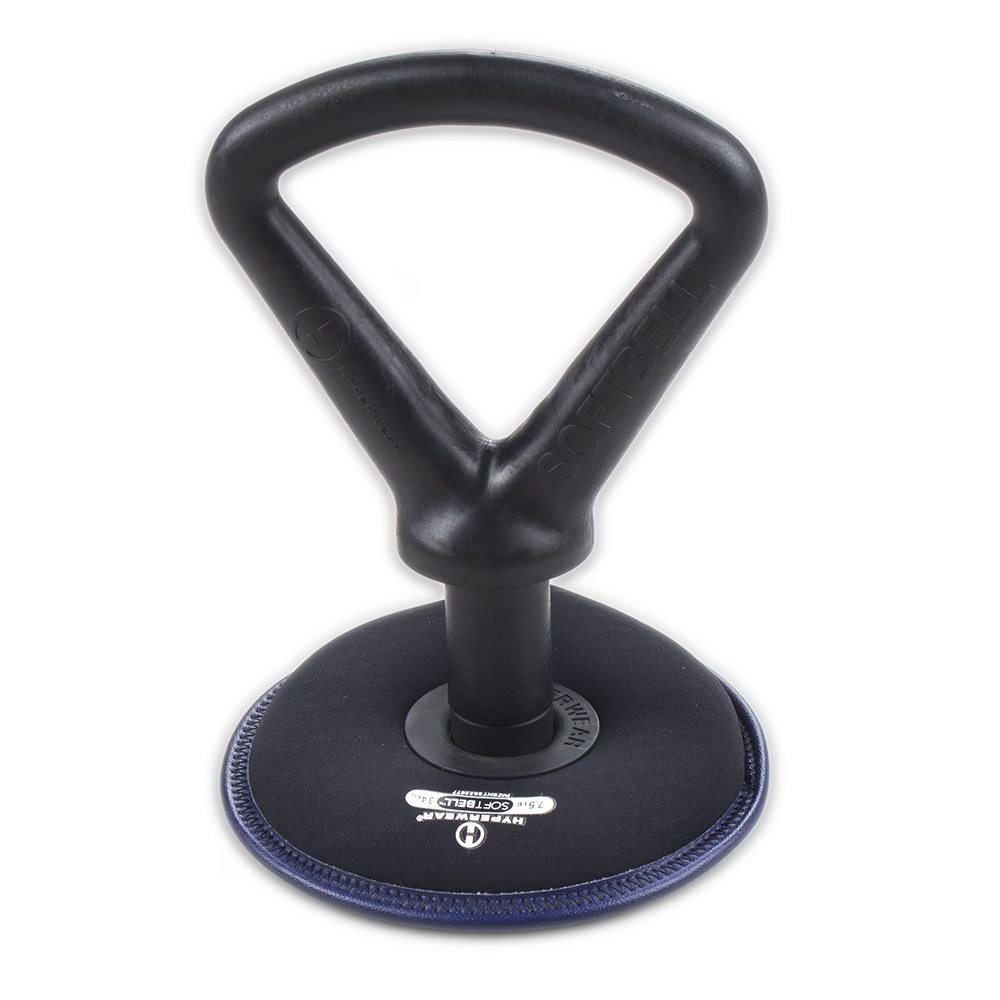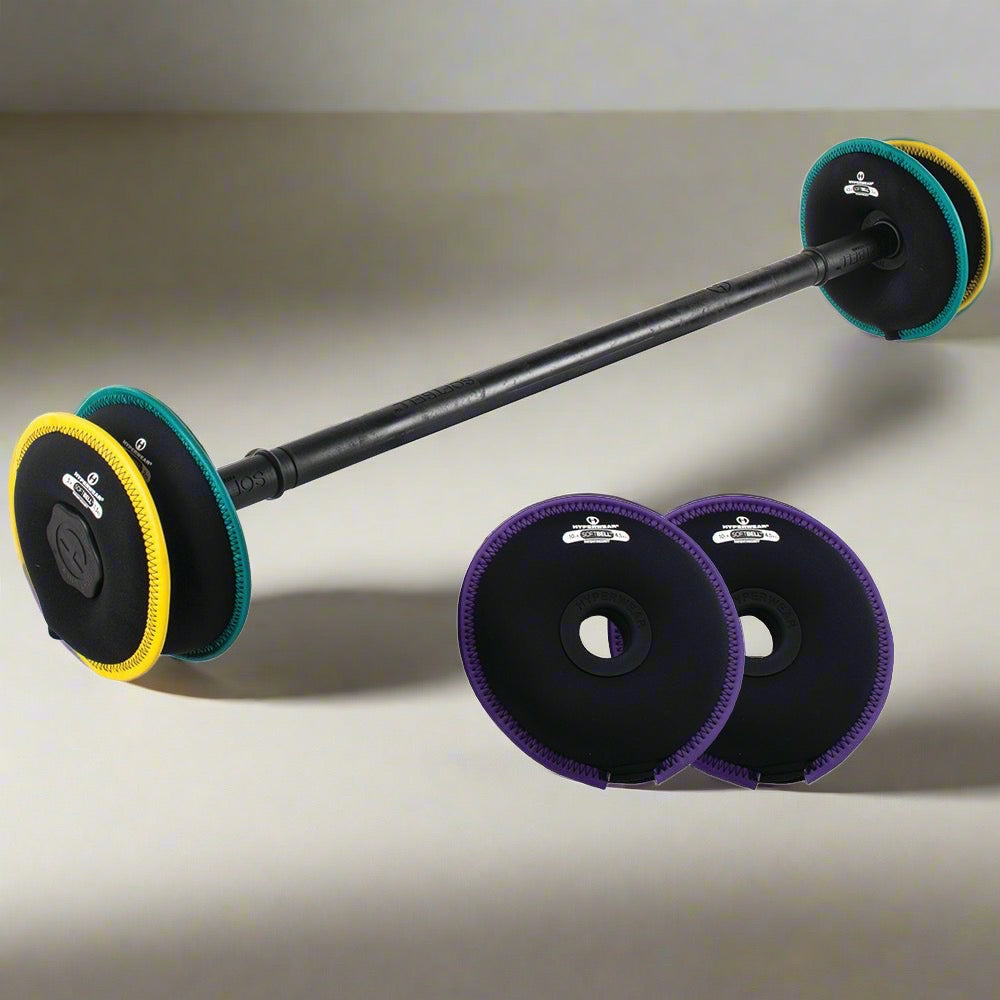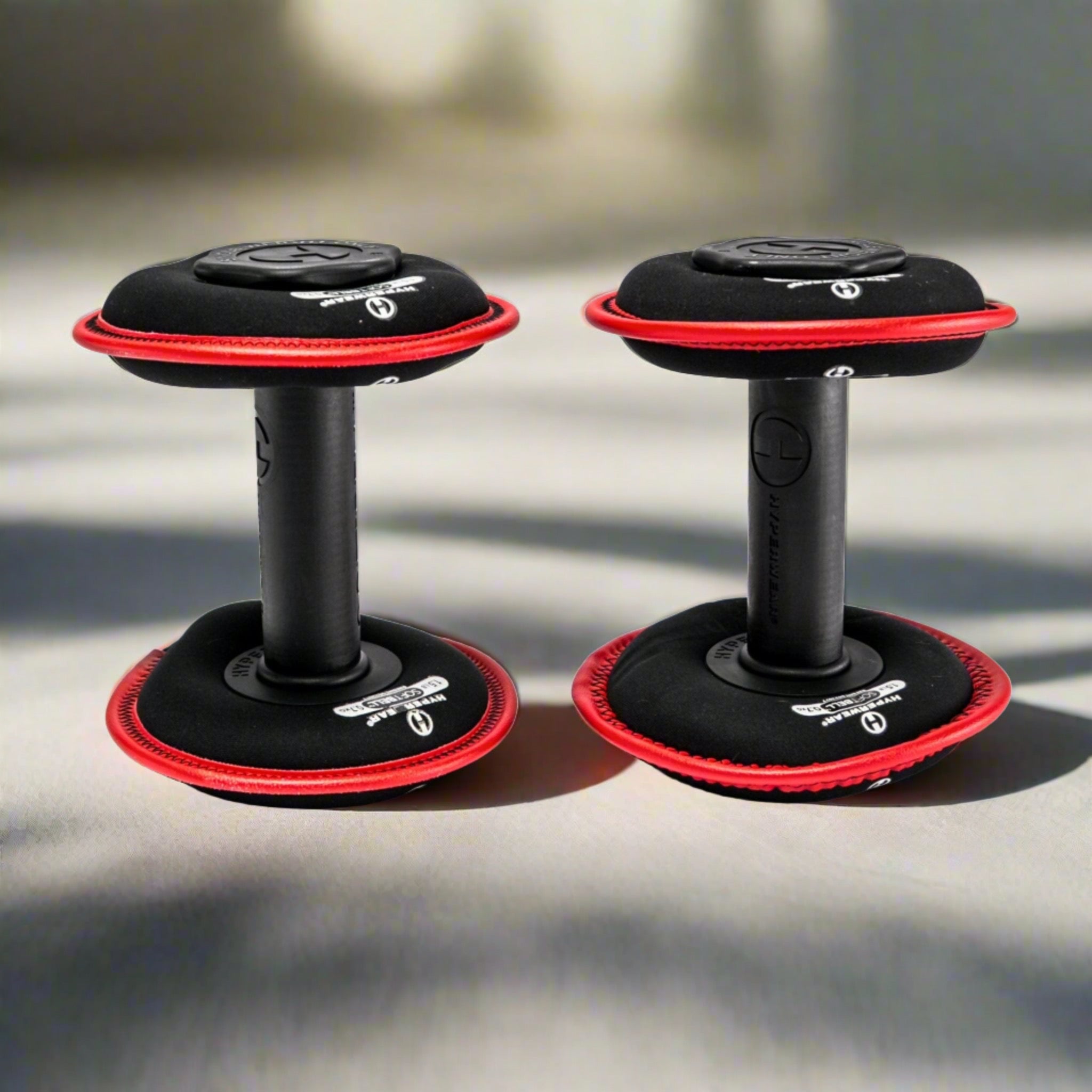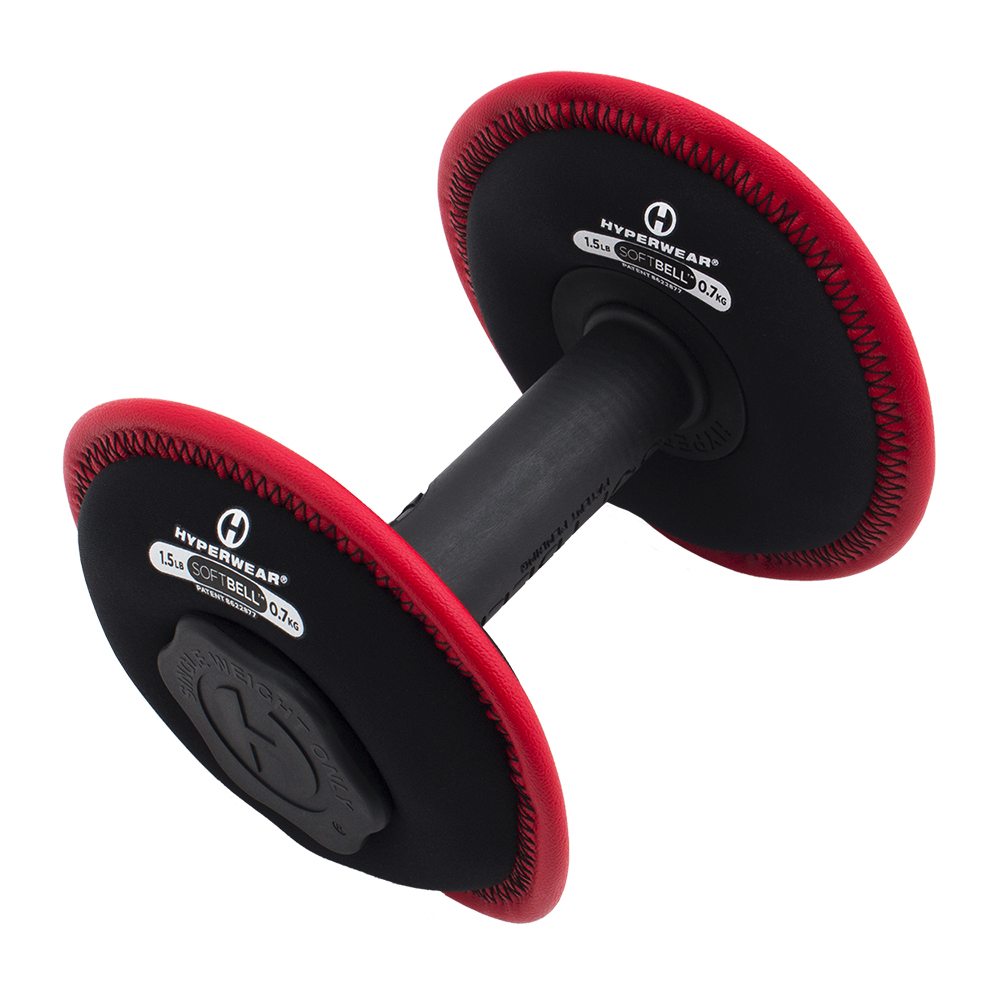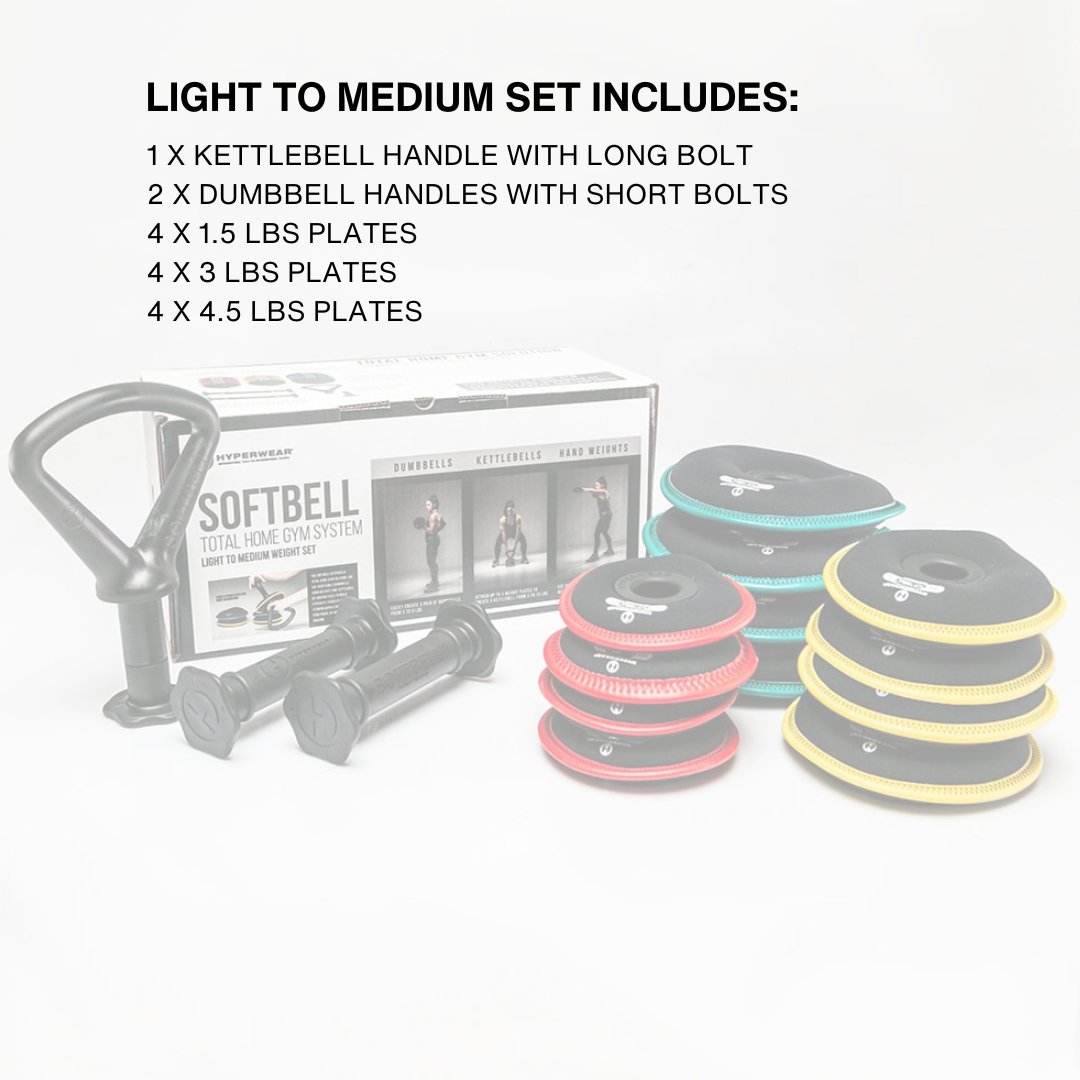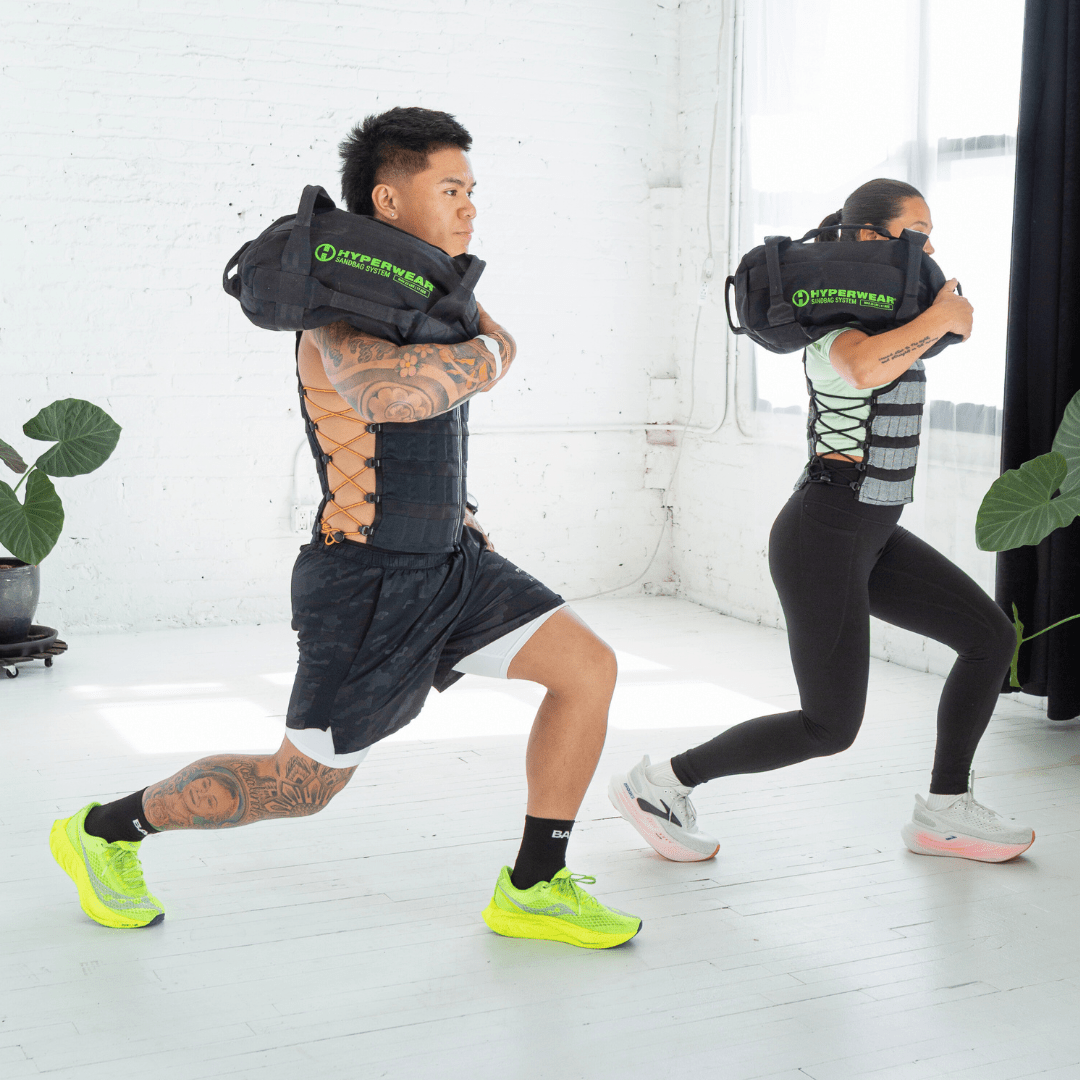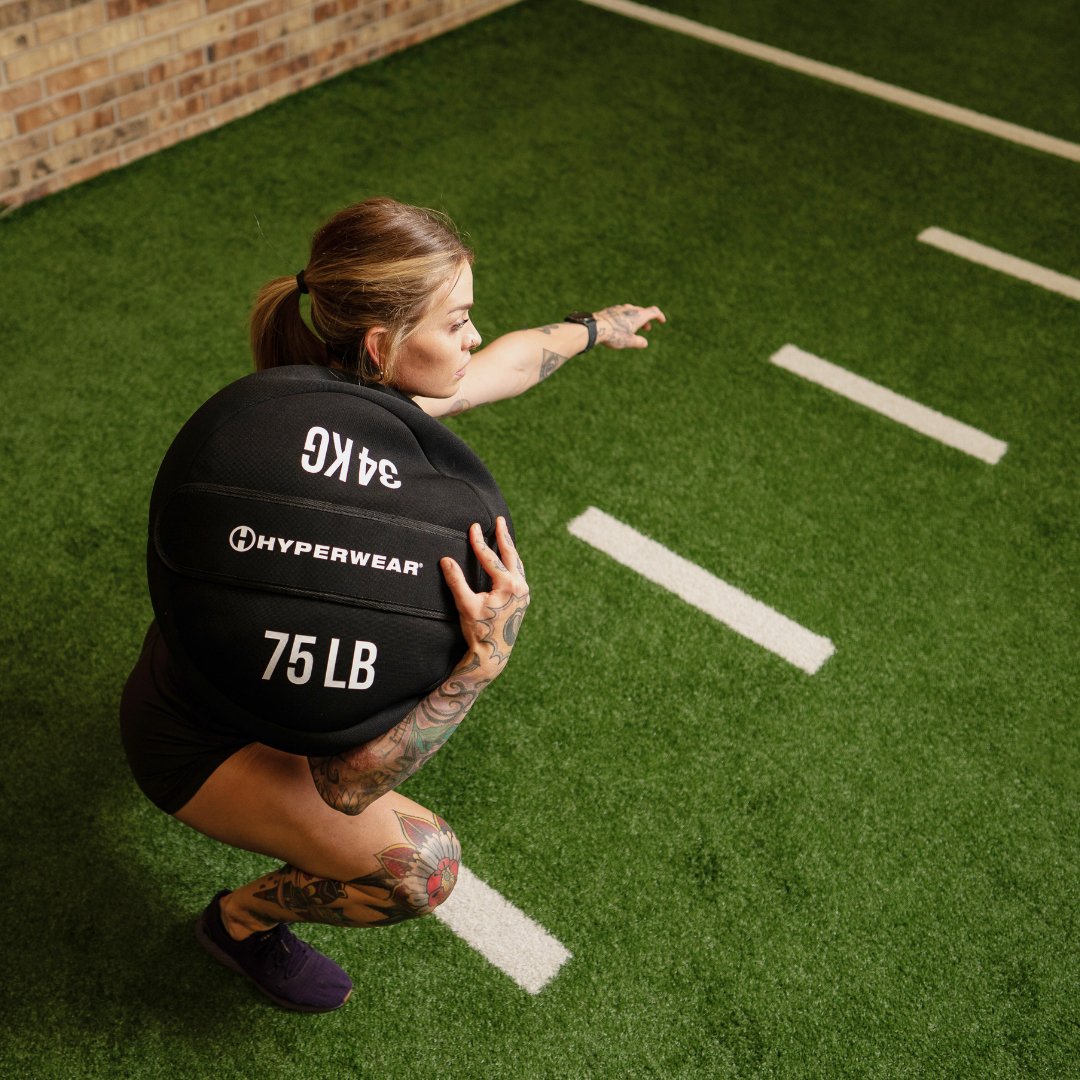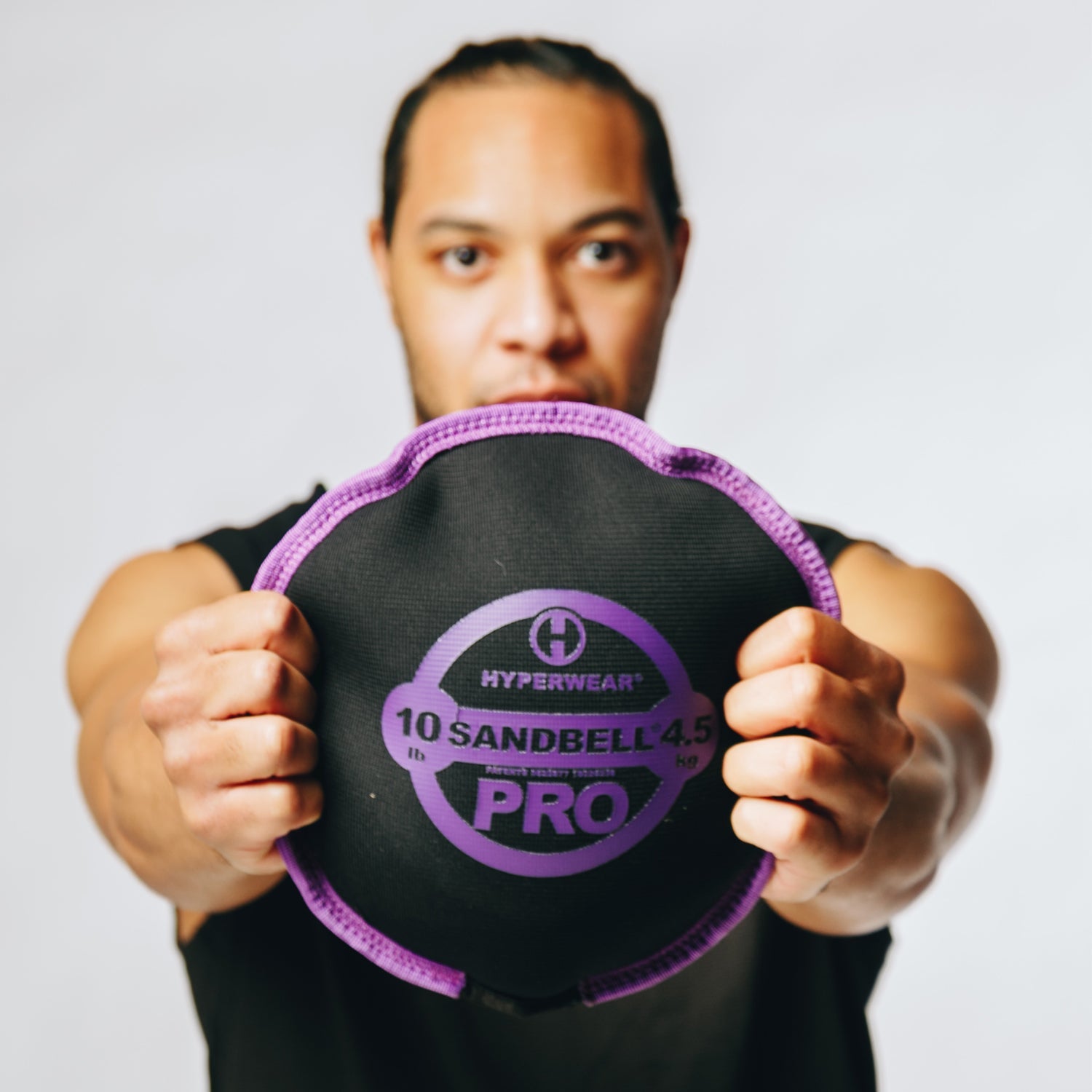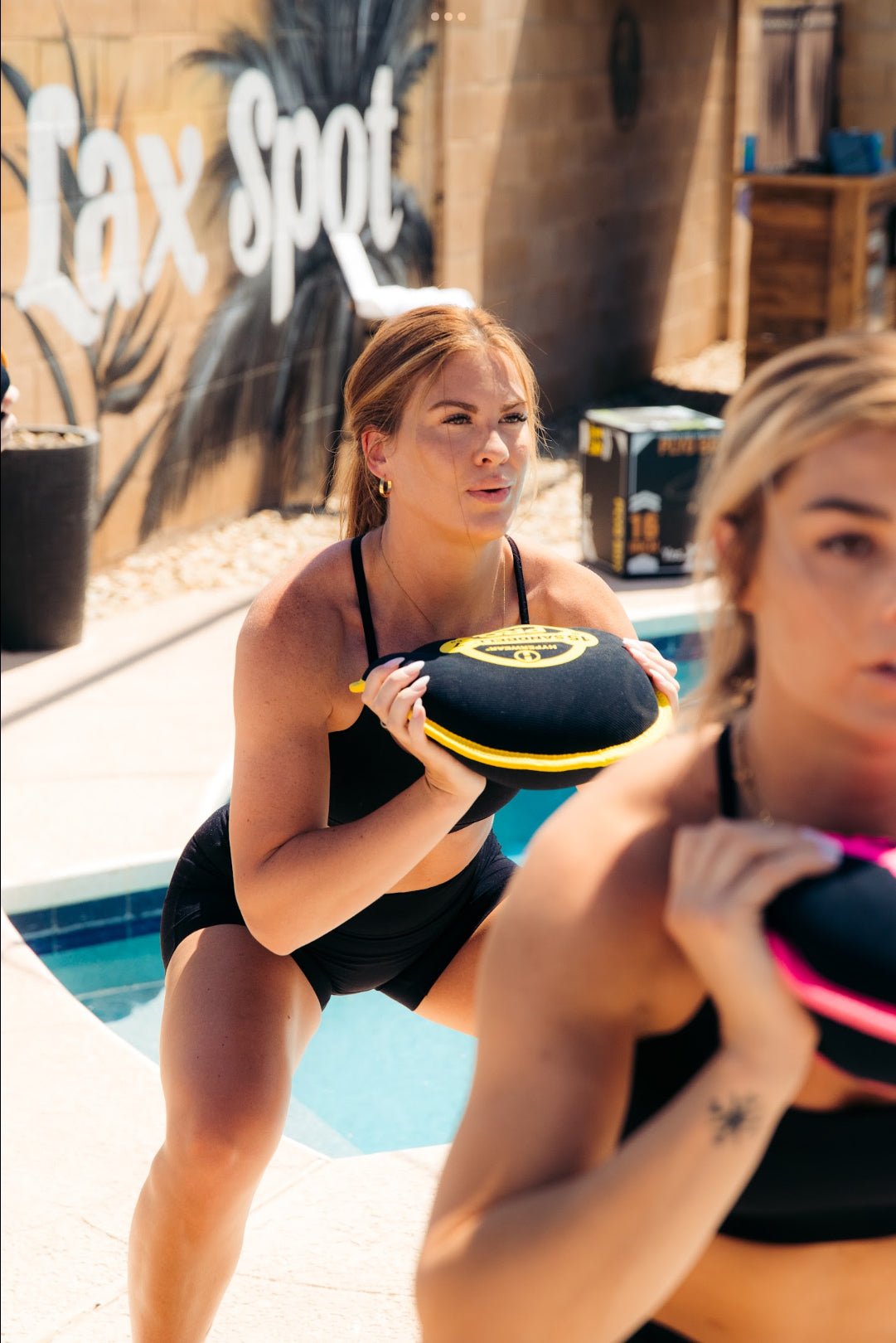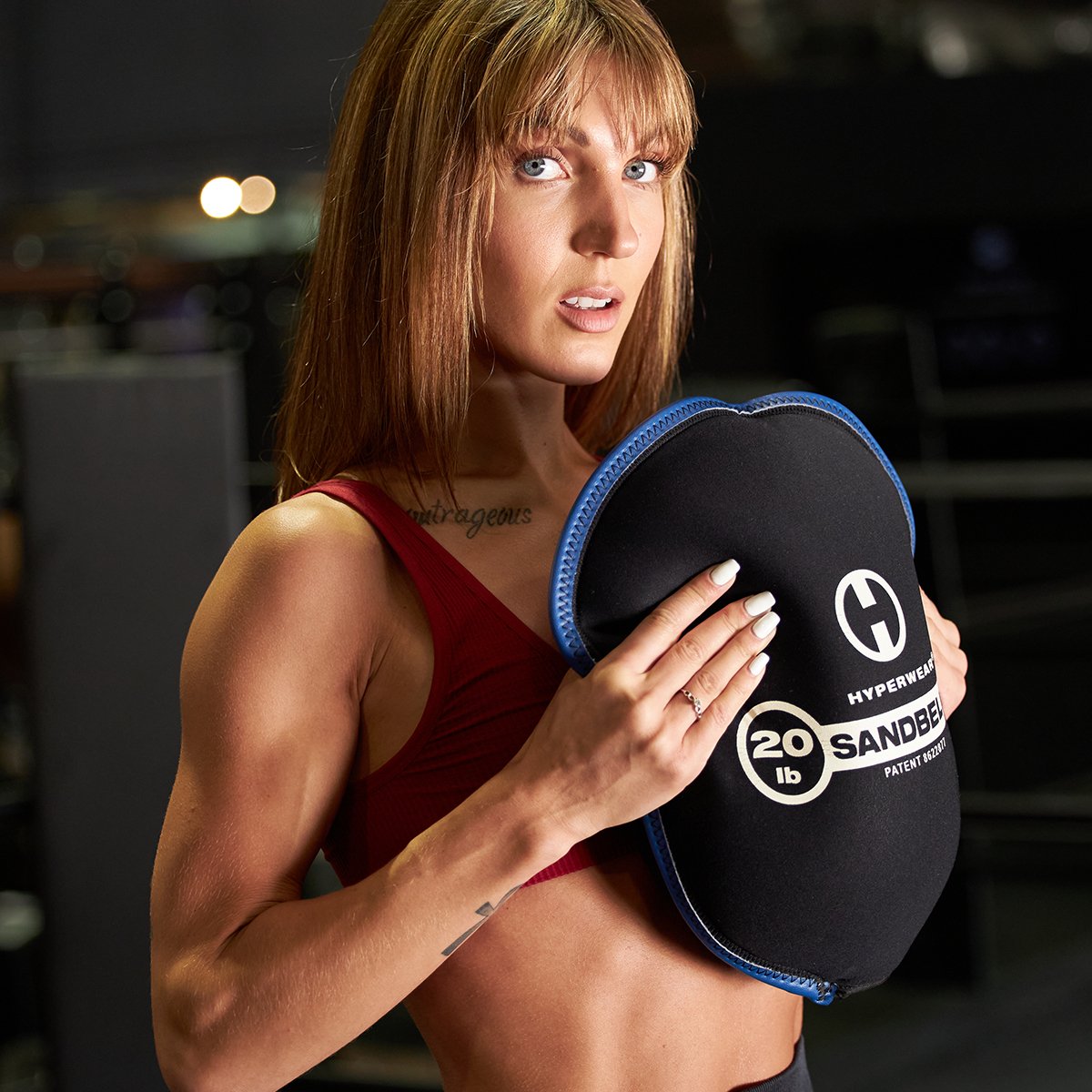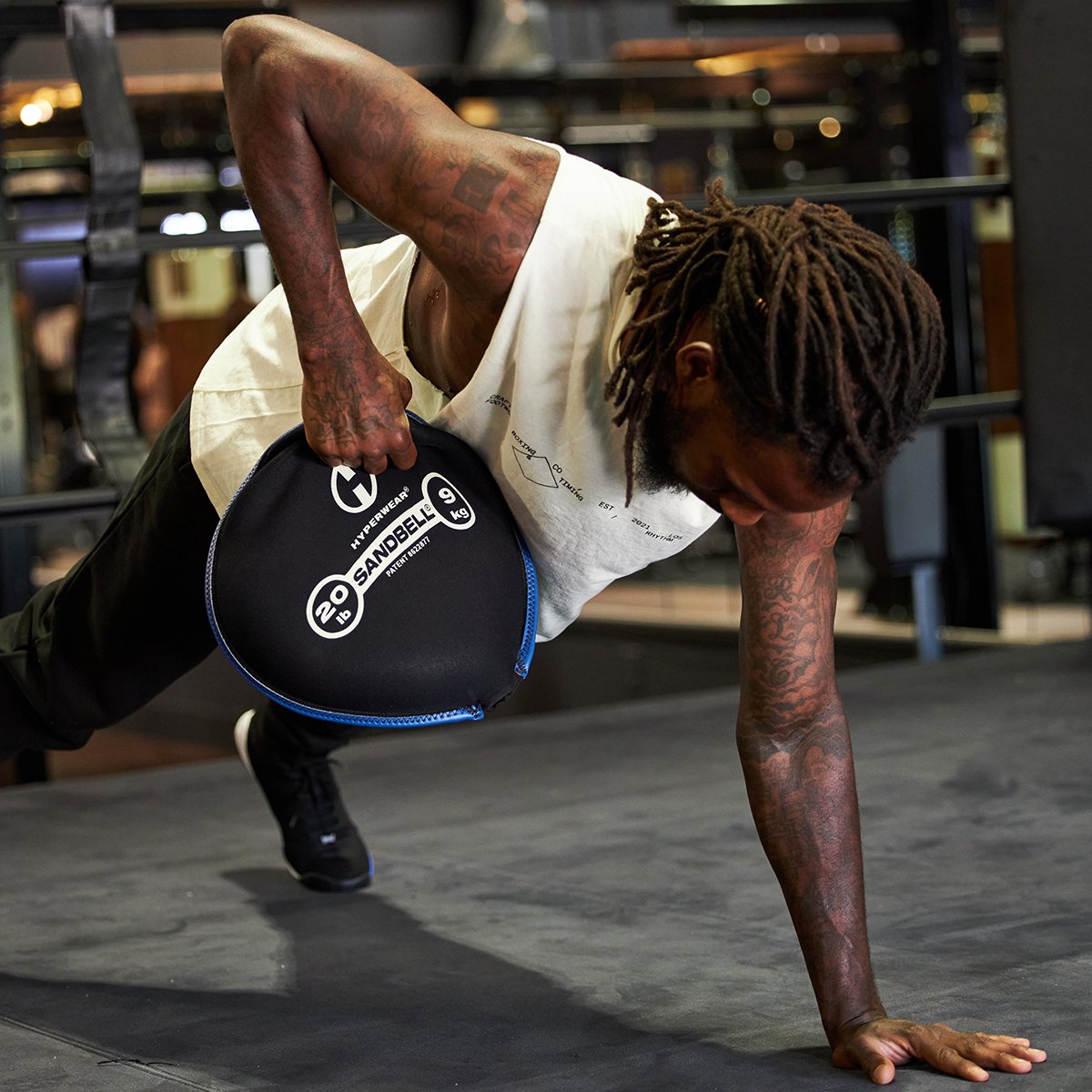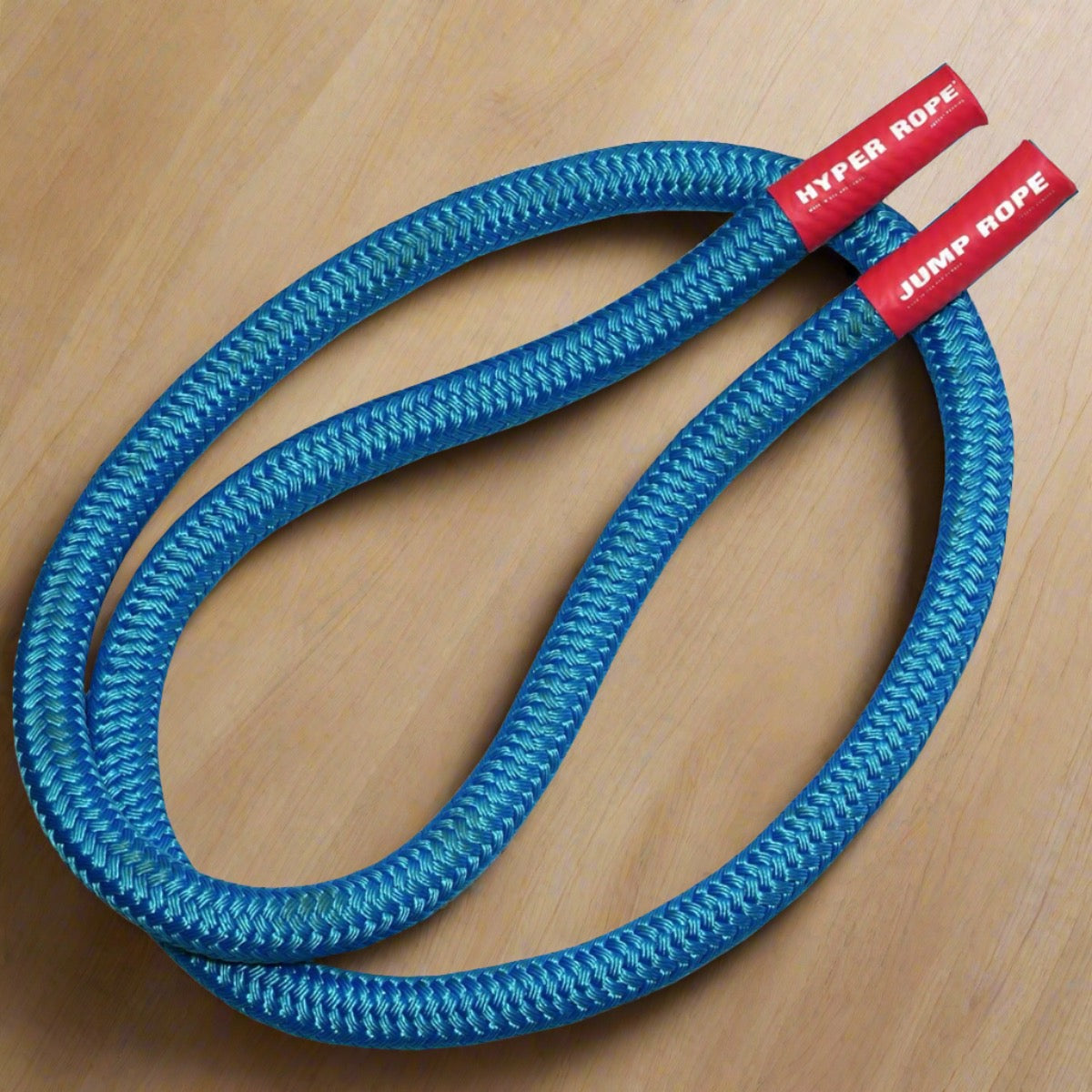Weight vest weights are an afterthought to almost everyone. They're boring, sometimes clunky and weight a lot.
You might think that they have 1 job only- to weigh you down.
You would not be wrong thinking that, in addition to a couple of other tasks that weights must fulfill.
Confused about what weight vest to buy?
Then maybe, knowing about the weights will give you enough info to make your decision.
So, let's take an exciting spin through the world of weight vest weights.
Any by exciting, we mean somewhere in between counting loose change and feeding your inner, fitness gear nerd.

The 3 Jobs of Weight Vest Weights for Weighted Vests
Weights have 3 jobs: training benefits, comfort and durability.
Training benefits...
...of weighted vests weights mostly covers the ease at which the weights can be swapped out.
Maybe you're doing circuit training, or high-intensity interval training and need to increase or decrease your load post-haste.
The ease at which you can remove and insert the weights then becomes something to think about.
Also the density of the weights is something to consider.
If you're loading heavy, you're going to want the smallest weights that offer the greatest weight.
You don't want anvils strapped to your back.
Alternatively, if you're training light, this isn't as much of a concern, and you may want a weight that isn't as dense.
Comfort...
...of weight vest weights is a big consideration.
Don't make the mistake of thinking "Weights are heavy and don't do anything."
Some of them actually do a lot- to make you uncomfortable.
Certain styles and designs, depending on the type of training you're doing, can be a pain, literally and/or figuratively.
Durability...
...of weights is also something to keep in mind.
You're might be thinking, "What? How can weights break?"
They may not break, but if your vest has sand or "steel sand" and it gets out, it's as good as gone.
Are you getting on your hands and knees with a dustpan and hand broom to round up your weights?
Also, some metal weight vest weights can and do rust. You don't want that.
*Cost of weight vest weights for weighted clothing...
...underpins all of these considerations.
Of course certain weight vests cost more if they have higher quality weights.
However, before you decide what you're willing to pay, figure out what kind of training you're doing.
The type of training you're doing will mostly select the type of vest you need.
Once you have that narrowed down, then you can work the pricing out.
It won't do you any good to buy the cheapest vest, if it's not for the right type of training you're doing.
7 Varieties Weight Vest Weights for Weight Vest Training
There are 7 main types of weight vest weights.
Although there are seemingly endless styles of weights (many are propietary), we're going to stick to these.
If you buy a vest without one of these types of weight, be sure that it matches your training before you make your purchase.
Plate/Sheet Plate/Steel Plate
Weight plates are designed for tactical vests and weight carriers.
The Murph W.O.D. and increased popularity of tactical training have made weight plates nearly ubiquitous.
Weight plates are almost reaching fad status, as we wonder if they're so popular because people think they look cool wearing them.


PROs:
Simple design, good density, easy to insert and remove, dual purpose vests (can insert ballistic plates), and a military look.
CONs:
Higher cost, akward flat plate of steel does not conform to body, not adjustable, bounce, the mass is away from body core and has inertia to take you off balance with movement.
If you're considering buying a tactical vest/plate carrier, try one before you buy. They can be terribly uncomfortable for some people.
Some models will dig into your neck/traps and the plate will bounce around if you're doing explosive movements.
It's not out of the ordinary to see someone get clipped on the bottom of the chin by a weight plate when jumping.
Empty Fabric Sand Pouches

PROs:
Lowest cost (seller does not supply sand or build cost of shipping something heavy into price), soft/flexible, and very adjustable.
CONs:
Bulkiest, lowest density design, you have to buy sand separately & fill yourself which = messy/dusty/dirty, hard to know exact weight of vest, seams can fail and leak.
Pre-filled Sand or "Steel Sand"

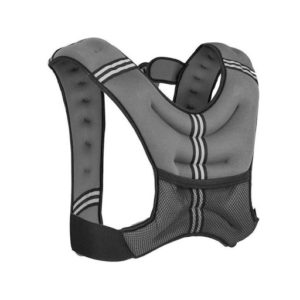

PROs:
Low cost, soft/flexible, not adjustable
CONs:
Very bulky/low density, seams can open if poorly made, sharp sand/gravel can wear through fabric and leak over time, pouches can be difficult to insert, subject to leaking if poorly made, poor sand with organic material can smell.
Filled Plastic Containers

PROs:
Flexibility for comfort, good density if filled with steel shot, adjustable, slide in and out if pockets are well designed.
CONs:
Intense training could cause container to leak.
Heavy Rubber Bricks
PROs:
Some flexibility improves comfort, better density than sand, adjustable, durable, does not rust.
CONs:
Still very bulky but better than sand, high cost, difficult to insert and remove since rubber has friction, and can smell.
Cast Iron Metal Bricks

PROs:
Higher density allows extreme weight with less bulkiness, good fit & adjustbility depending on vest design, can be powder coated to prevent rust, and cast for uniform shape and weight.
CONs:
Higher cost (but still affordable), adjustability depends on design, also bulkiness causes bounce and limits movement.
Solid Galvanized Steel


PROs:
Highest density allowing thinnest design and comfort (depending on size of bars), best performance for movement and conforms to body, galvanized (zinc plating) makes rust resistant, and super adjustable.
CONs:
Highest cost, acidic sweat can corrode over time if not properly cared for, lots of movement is tough on fabric over time, cheaper long bars restrict movement and can hurt.
WANT TO HAVE A LOOK AT OUR VEST TOO?
Get Weighed Down in Weighted Clothes to Train Up
There are a number of other weight vest weights out there. We didn't include them all because this would turn into a book.
Here's a good picture to compare all the different sizes to each other.

Hopefully this answers some questions for you, and provides you the info to make a quality purchase.
If you have any insights, feedback or interesting experiences with weight vest weights, let us know in the comments or tell us on social media.
Thanks for reading everyone. Have a great day, stay awesome and keep training hard.
